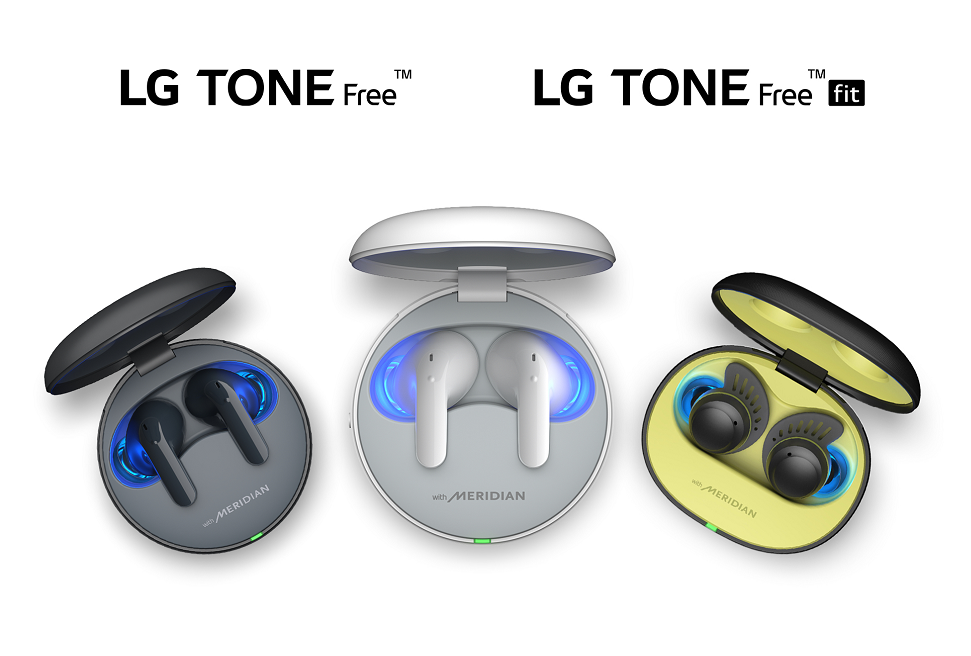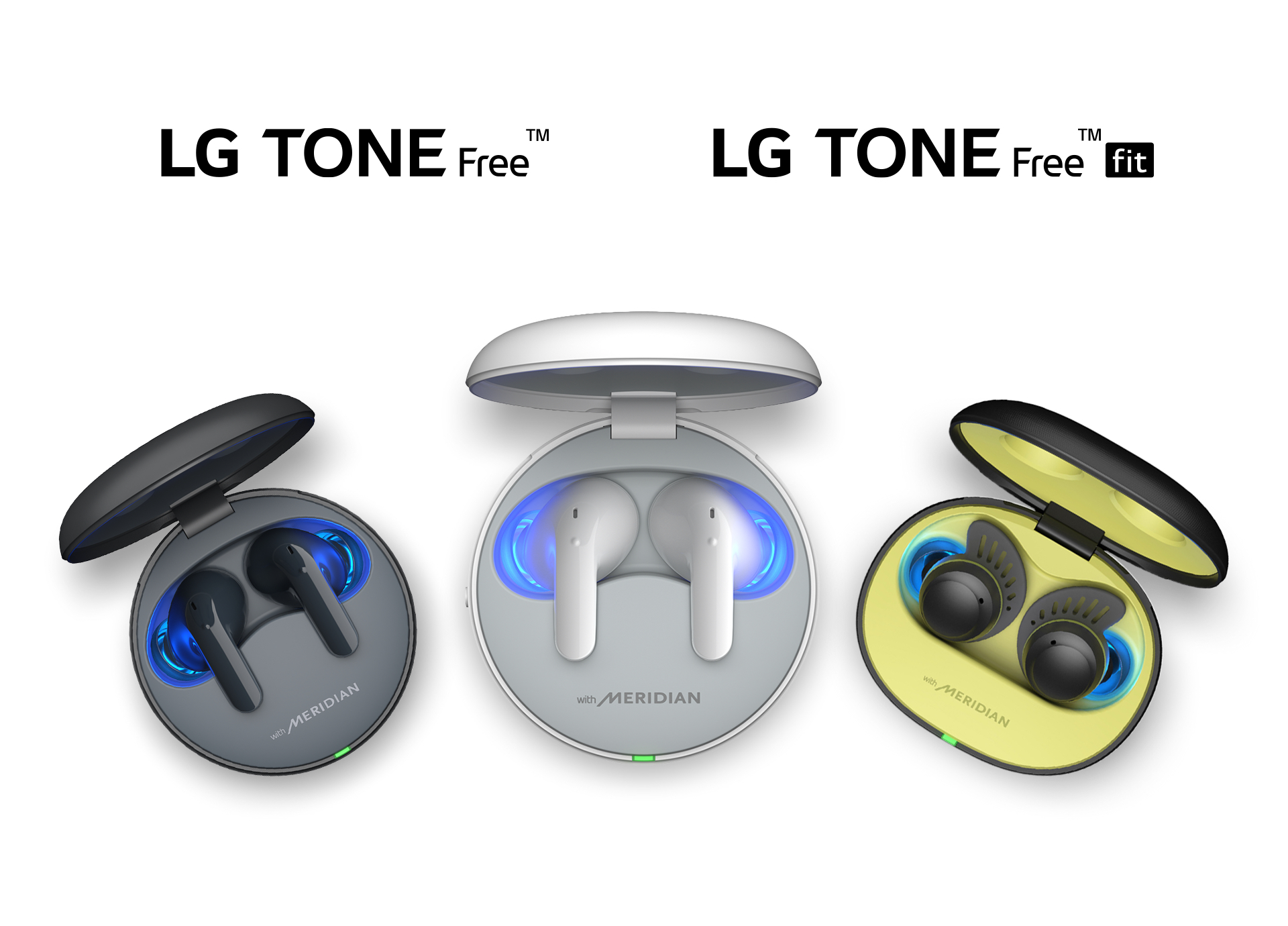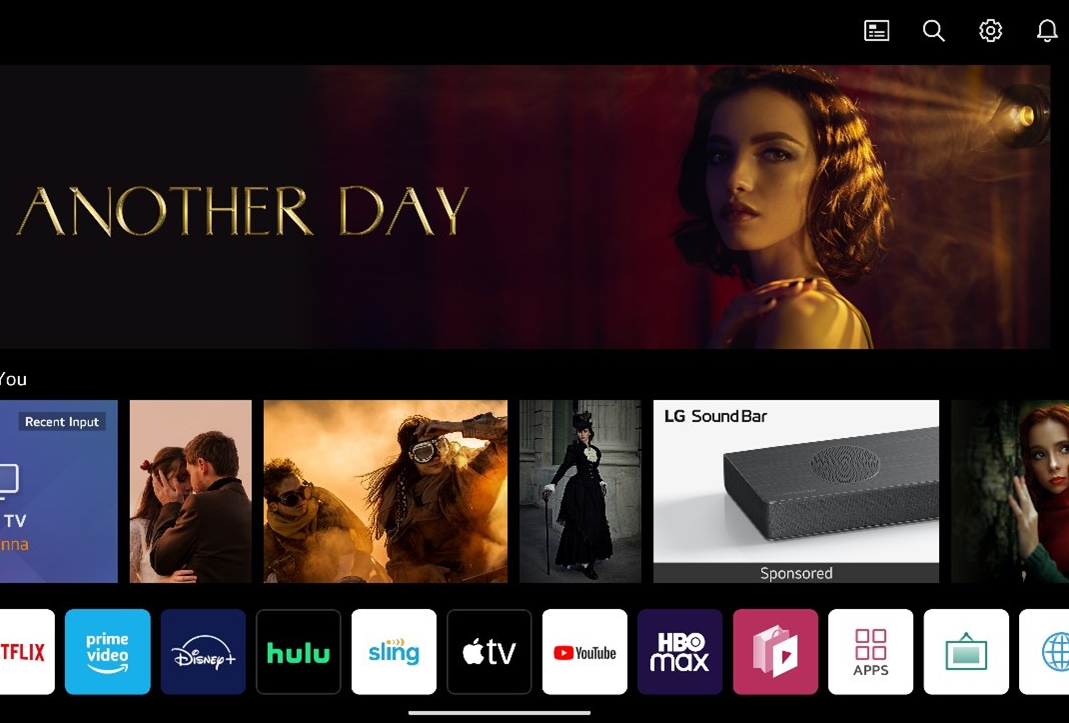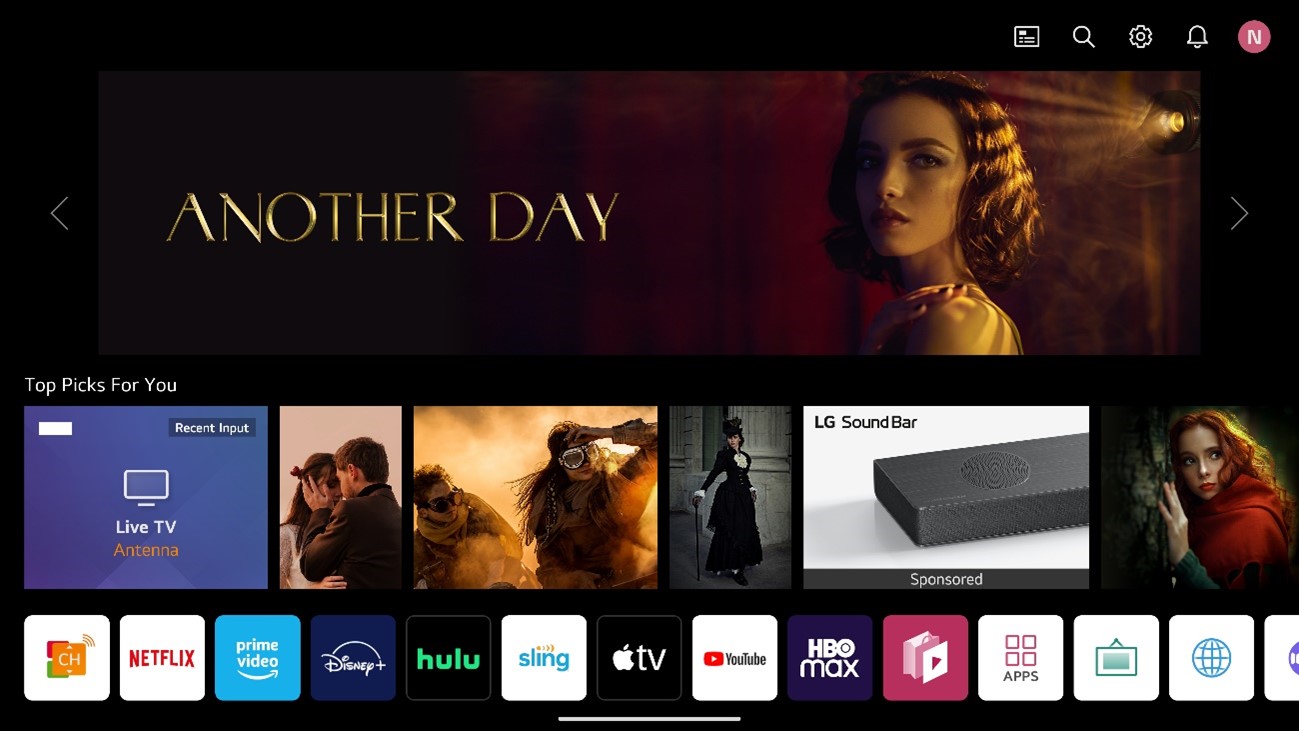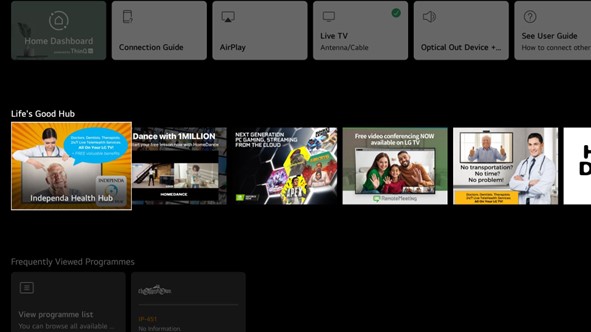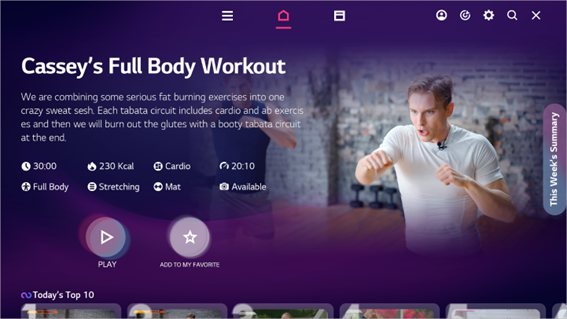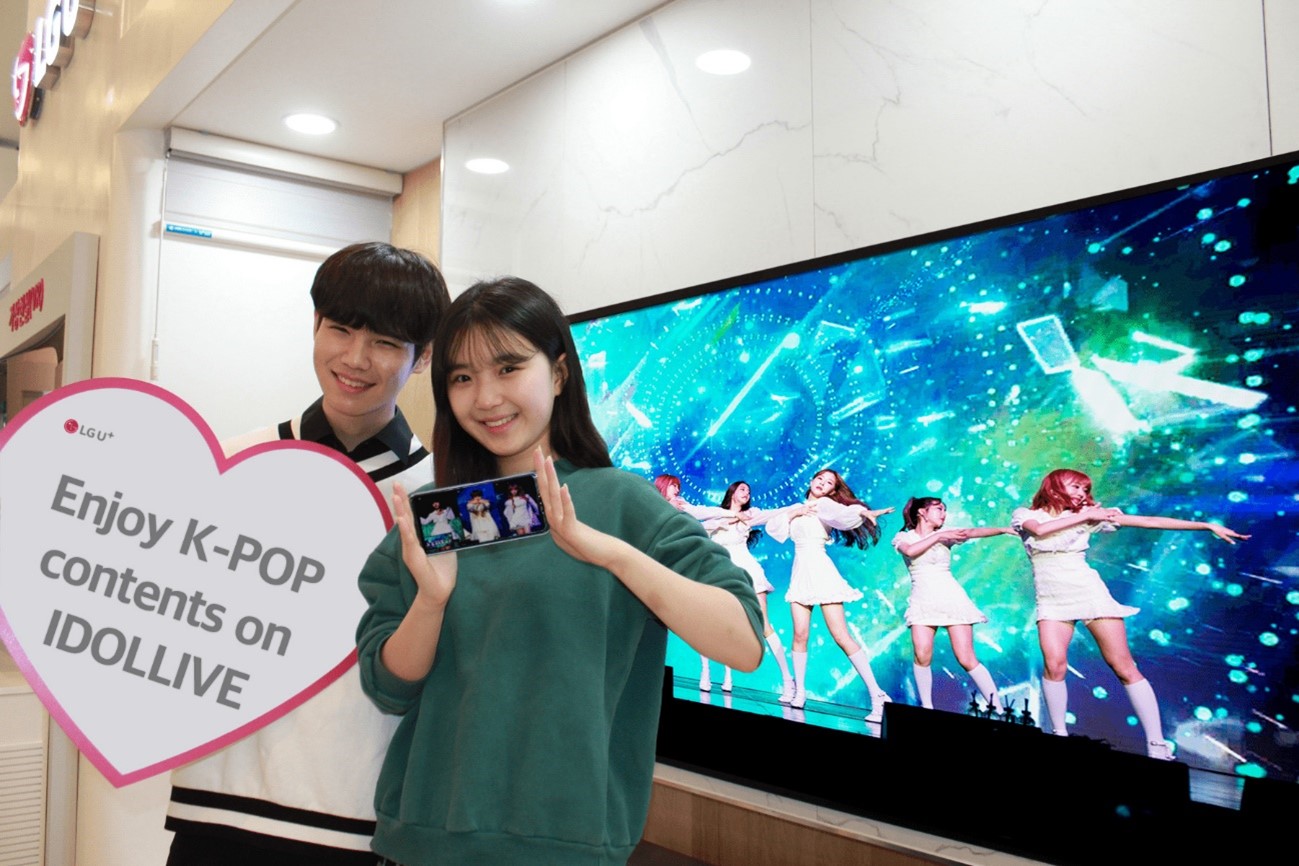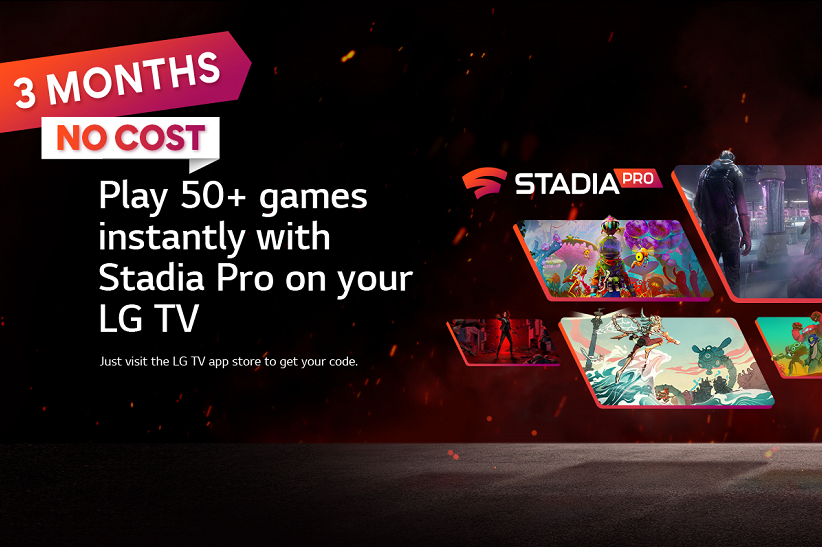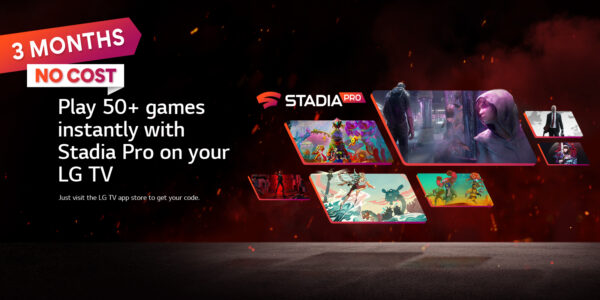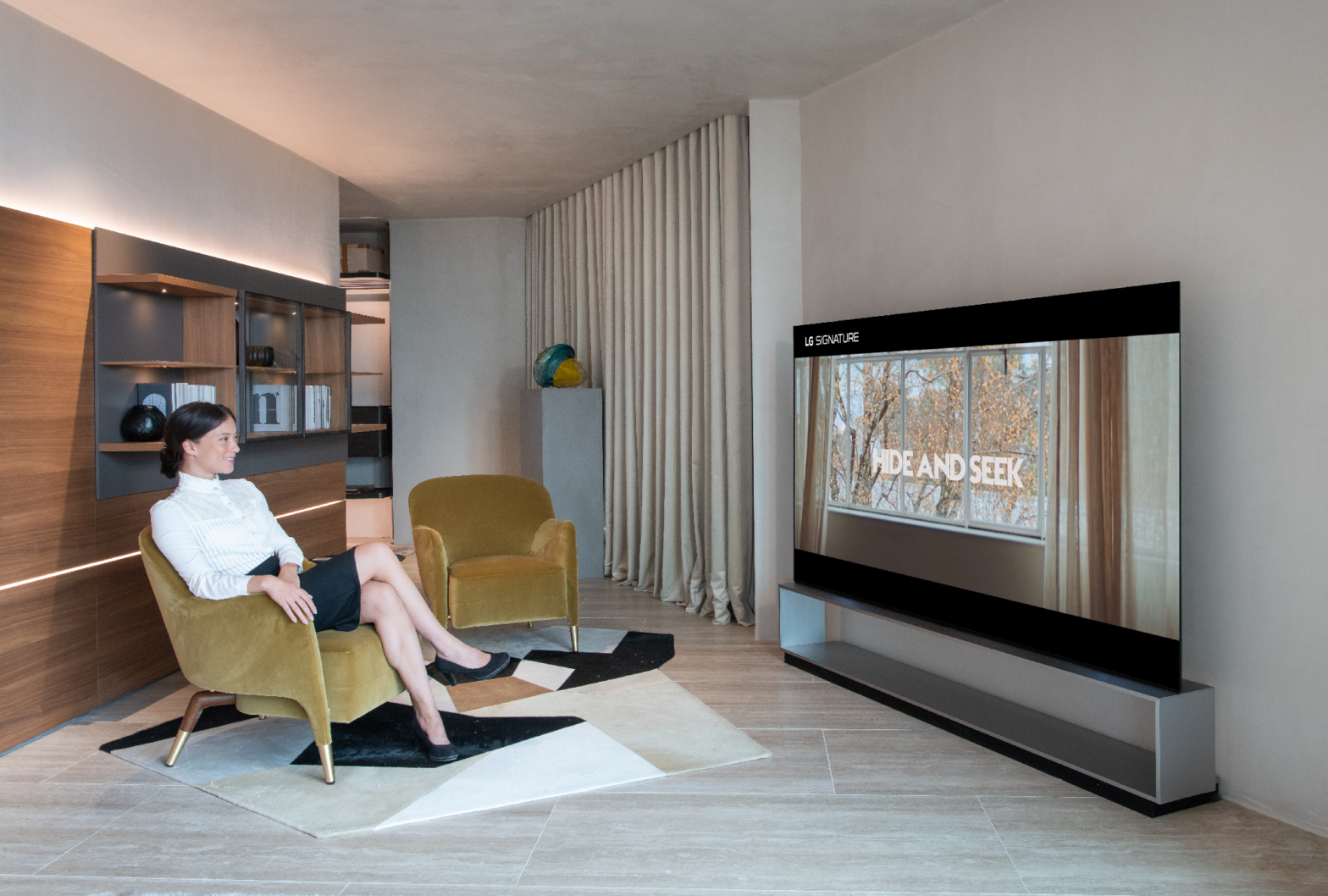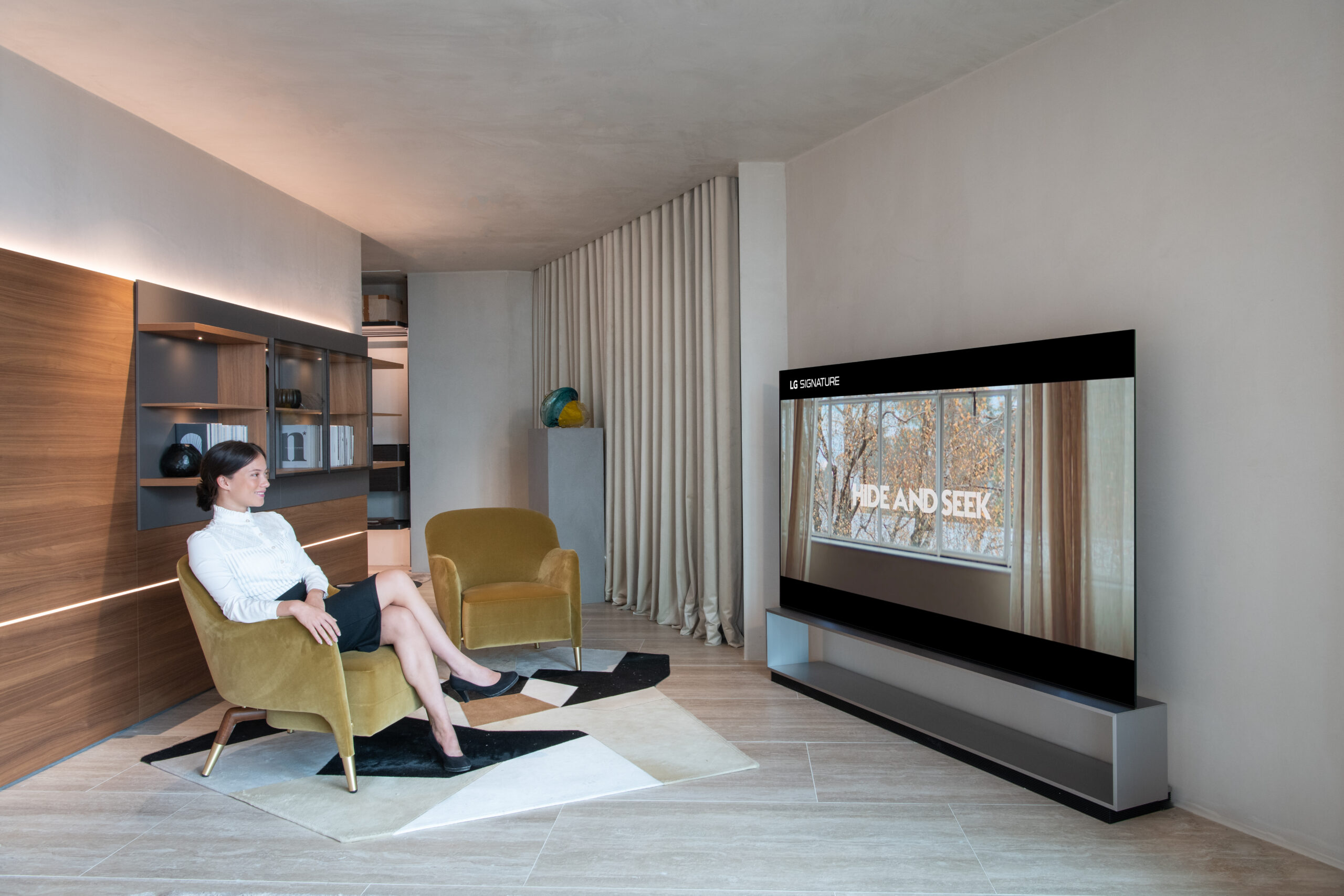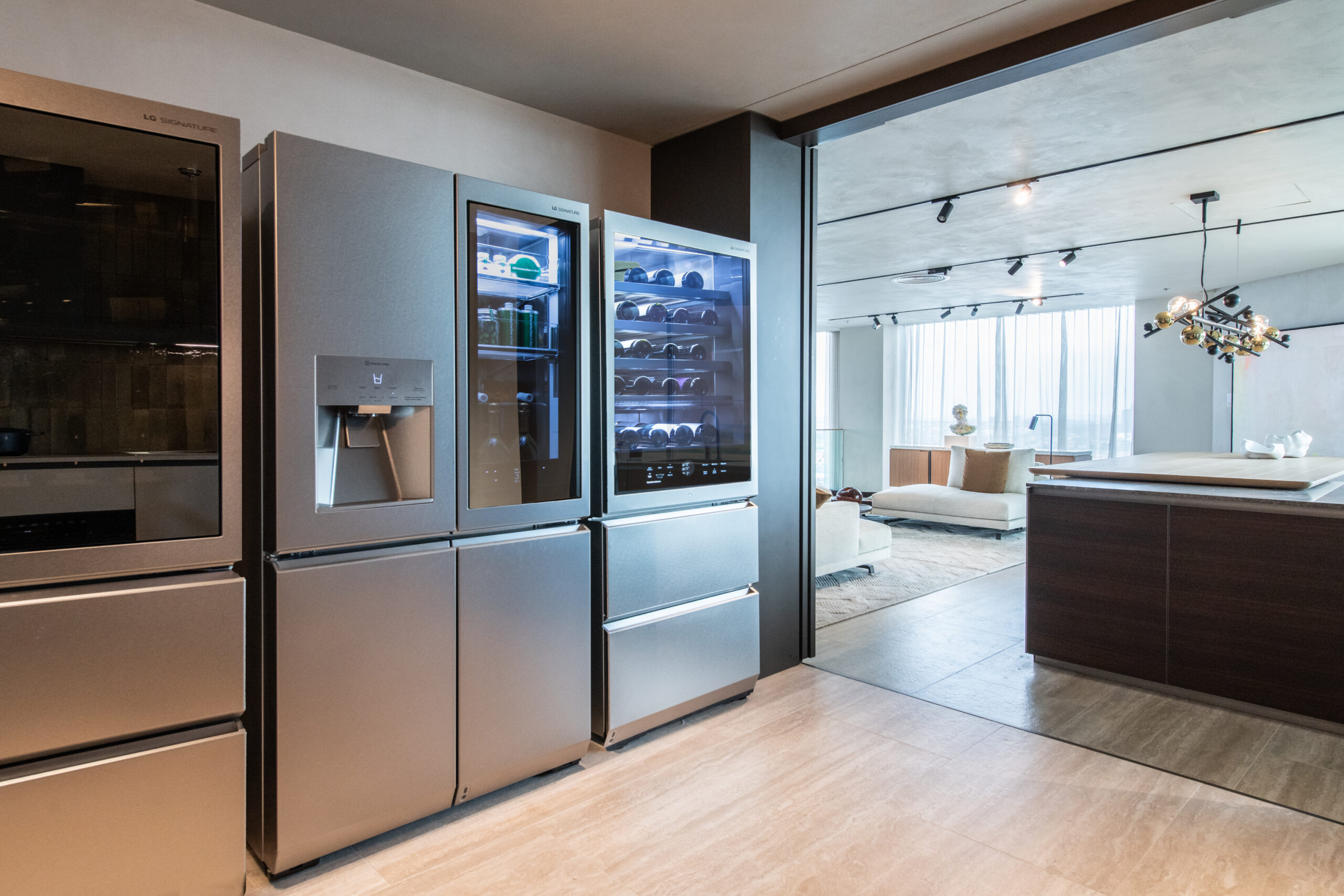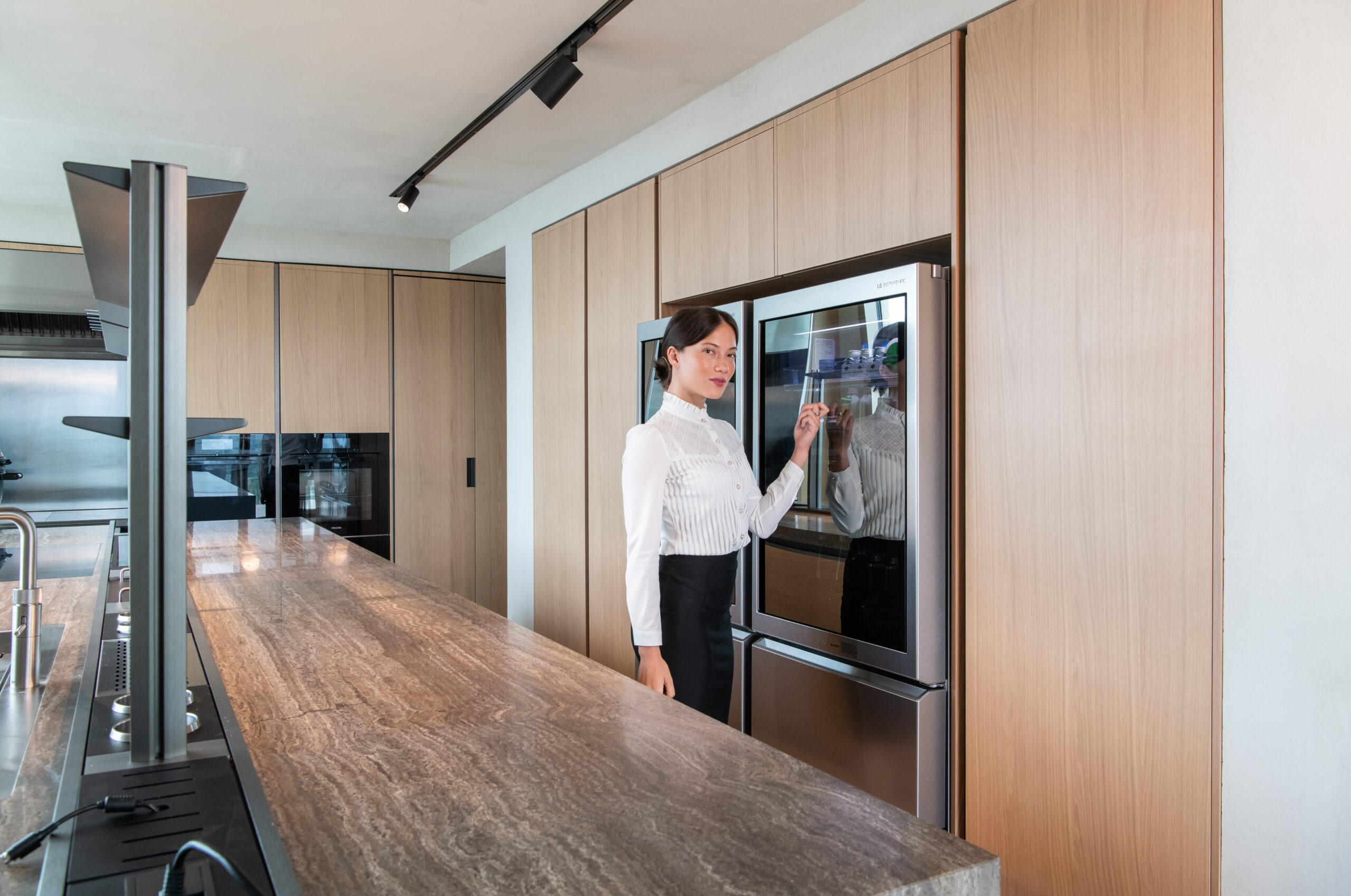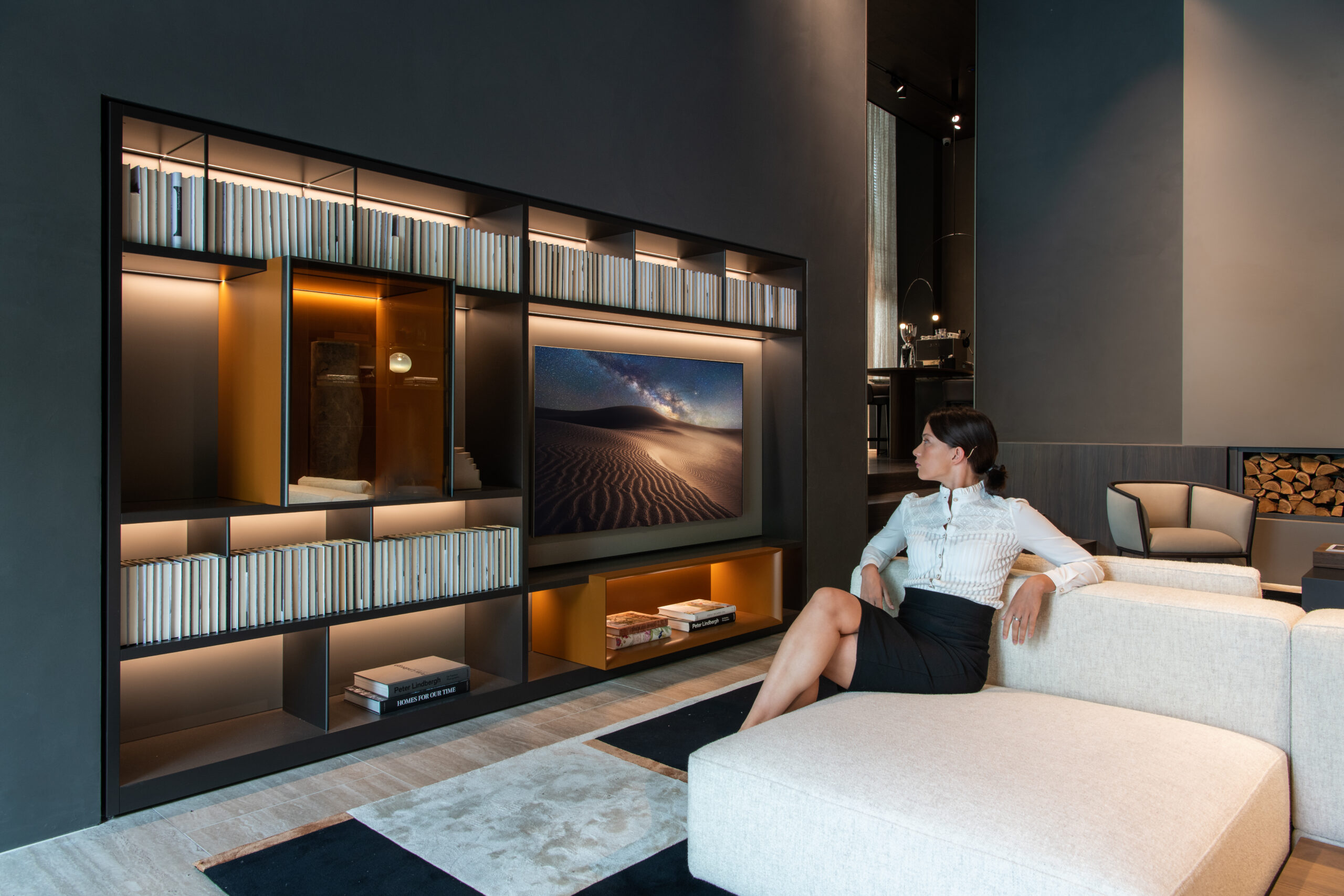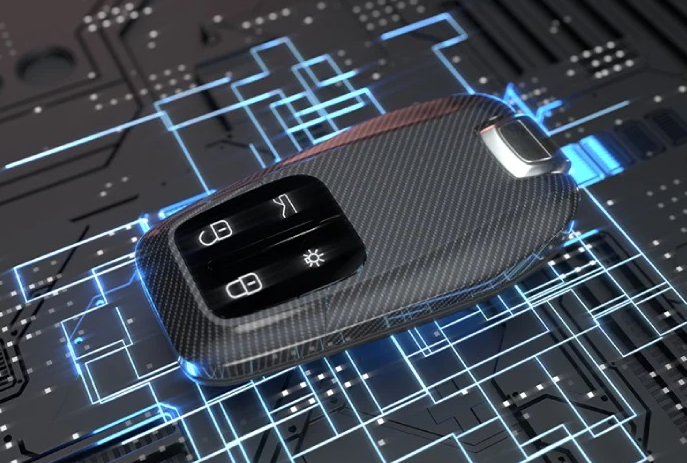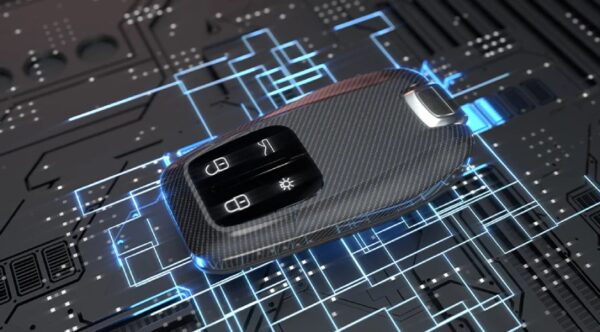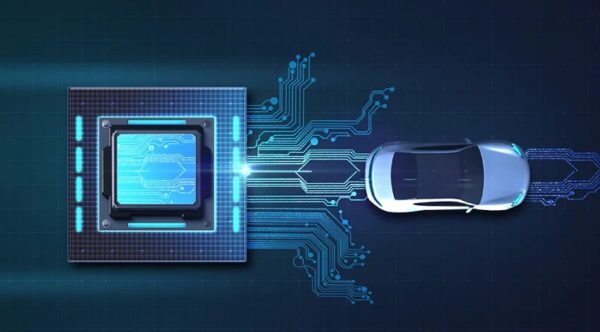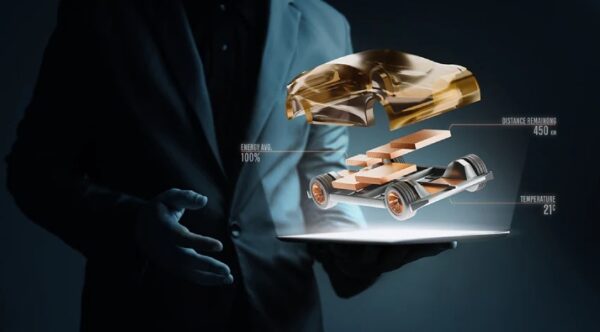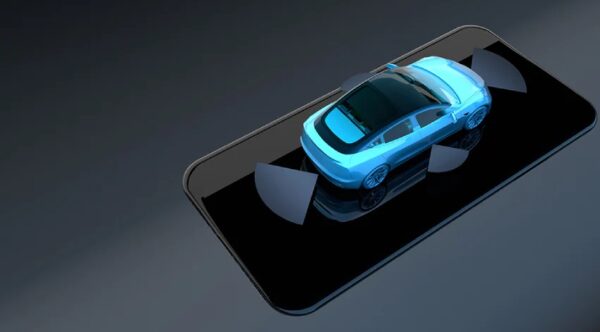With Freshness-Enhancing Technologies, and Efficiency,
LG’s New Fridge Ready to Wow European Market
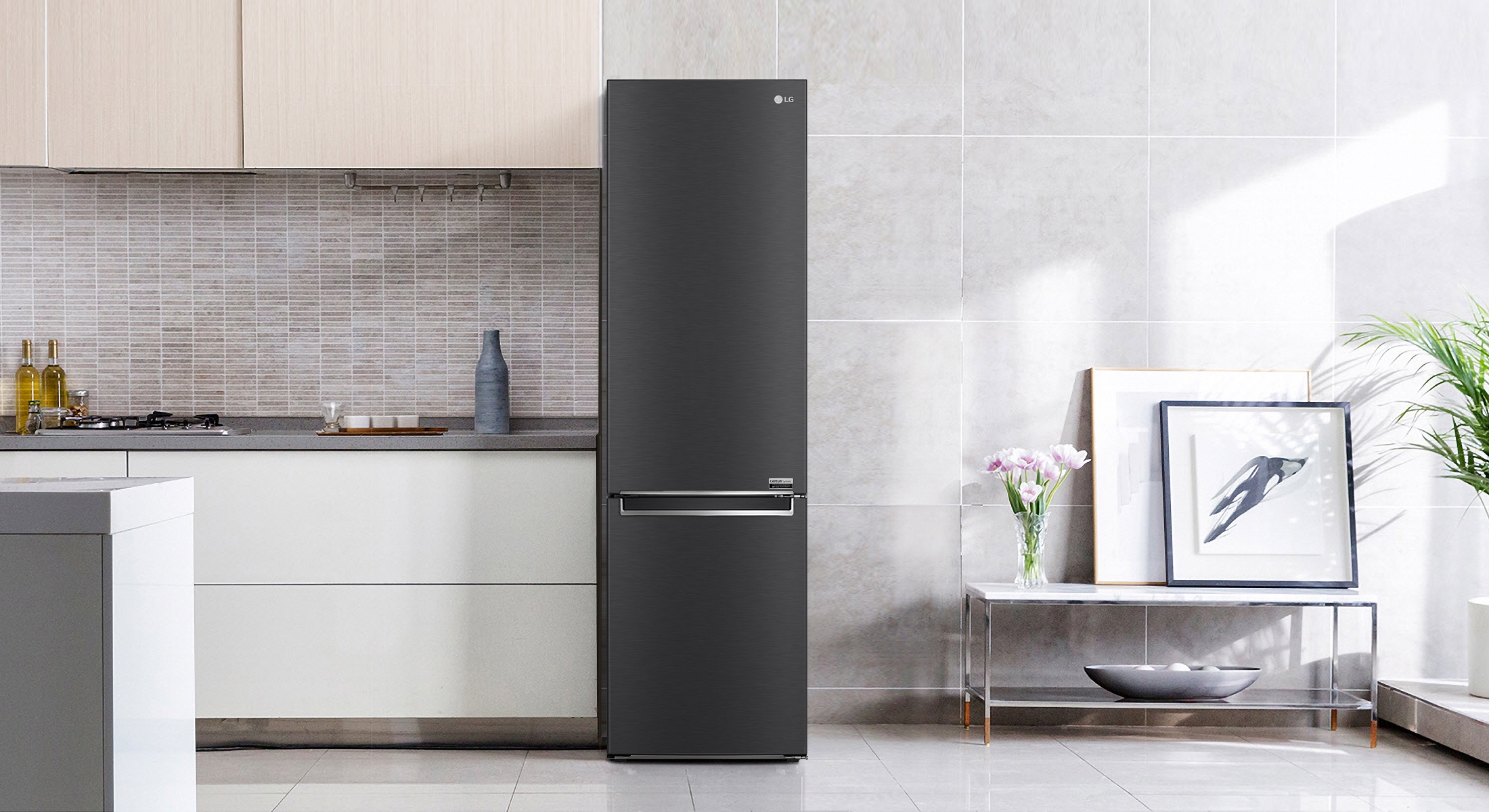
SEOUL, Aug. 22, 2022 — LG Electronics (LG) is unveiling its latest bottom-freezer refrigerator for the European market at IFA 2022. The new model delivers a more sustainable kitchen with LG’s energy-saving Inverter Linear Compressor™, an upgraded internal compartment and the company’s cutting-edge ‘freshness’ technologies, including LinearCooling™ and DoorCooling+™.
LG’s bottom-freezer fridge boasts an ‘A’ energy rating, the highest rating possible under the European Commission’s strict energy standards system.1 In order to earn the ‘A’ rating, LG improved the structure of the refrigerator’s condenser and heat exchanger, and enhanced the airflow path to achieve a more efficient and even delivery of cold air throughout the fridge.
LG’s new fridge also employs the incredibly efficient and highly durable Inverter Linear Compressor. Thanks to the company’s remarkable compressor, the bottom freezer offers a 10 percent reduction in annual energy consumption compared to other LG refrigerator models with an A energy rating – helping consumers to shrink their household energy footprint and save on electricity bills.2
Additionally, the high-performance, new model comes with LG’s freshness-enhancing technologies – LinearCooling and DoorCooling+. LinearCooling reduces temperature variations,3 which helps to keep food items fresh for longer period of time,4 while DoorCooling+ sends out cold air from the top of the refrigerator compartment to hard-to-reach areas like the front door basket.
For a convenient user experience, the new bottom freezer refrigerator can be remotely controlled and monitored via the LG ThinQ™ app for smartphones, letting users manage settings and check operational status from practically any location.
Further convenience is presented by the fridge’s 2-step Folding Shelf and Wine Rack, the former can fold away to accommodate larger items whenever needed, while the latter can hold up to five bottles of wine at once. What’s more, the new model provides an instant style upgrade with the application of LG’s Metal Fresh™ finish to its interior.
“The new bottom freezer fridge leverages LG’s state-of-the-art technologies to keep food market-fresh while also delivering superb energy efficiency and a host of user-friendly features,” said Lyu Jae-cheol, president of the LG Electronics Home Appliance & Air Solution Company. “Designed with sustainability in mind, and to provide a better kitchen experience, our new refrigerator offers the performance, convenience and style that the European market demands.”
Visitors to LG’s booth (Hall 18, Messe Berlin) at IFA 2022 from September 2-6 will have the opportunity to check out the stunning bottom-freezer refrigerator in matte-black finish, along with a host of other innovations for a better life.
# # #
1 The European Commission revised its home appliances energy rating standards in March, 2021. As part of this, a new energy label ratings system was introduced, with ratings running from A to G instead of the previous scale of A+++ to D. (https://ec.europa.eu/commission/presscorner/detail/en/IP_21_818)
2 Based on the household refrigeration/freezer energy consumption test results according to IEC 62552 test standard. Annual energy consumption of LG’s new bottom-freezer is 99KWh, whereas the annual energy consumption of conventional LG’s bottom freezer is 110kh.
3 Based on UL test results using LG’s internal testing method, comparing average peak-to-peak temperature fluctuation in the fresh food compartment between LG refrigerator models Bottom Freezer GBB72NSDFN (±0.5C°), on no load and normal temperature setting. Results may vary in actual usage.
4 Based on UL test results using LG’s internal testing method measuring the time required for Bok Choy stored in the fresh food compartment of LG refrigerator model GBB72NSDFN to decrease in weight by five percent. Results may vary in actual usage.
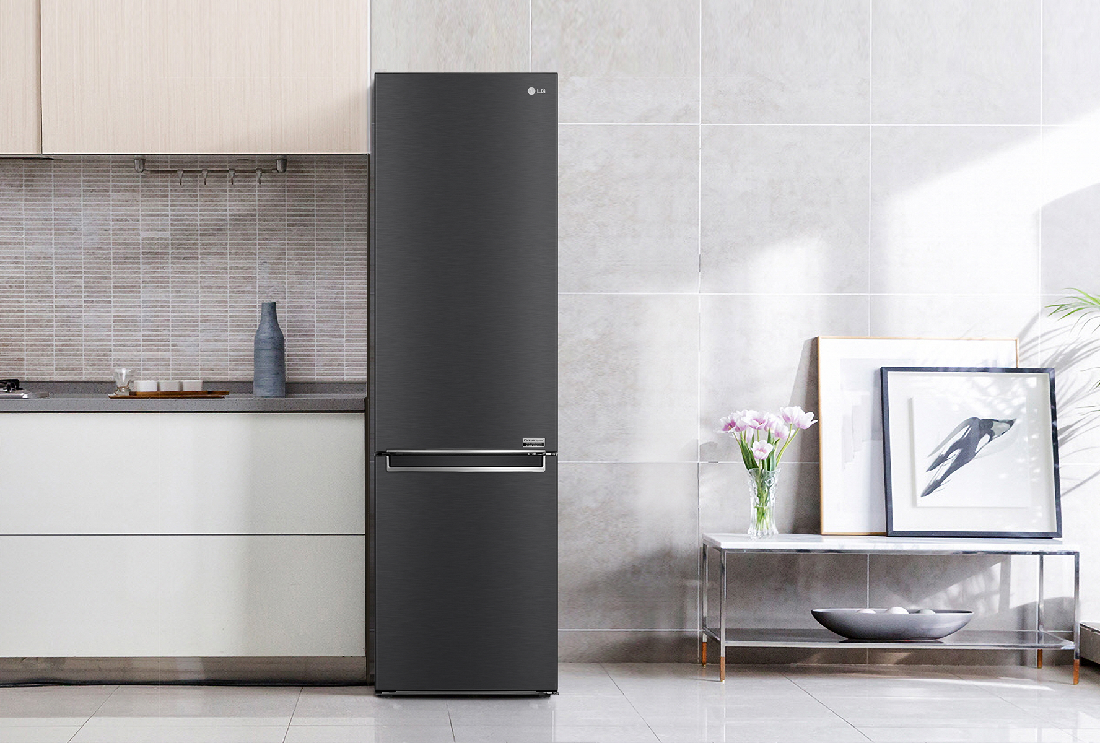
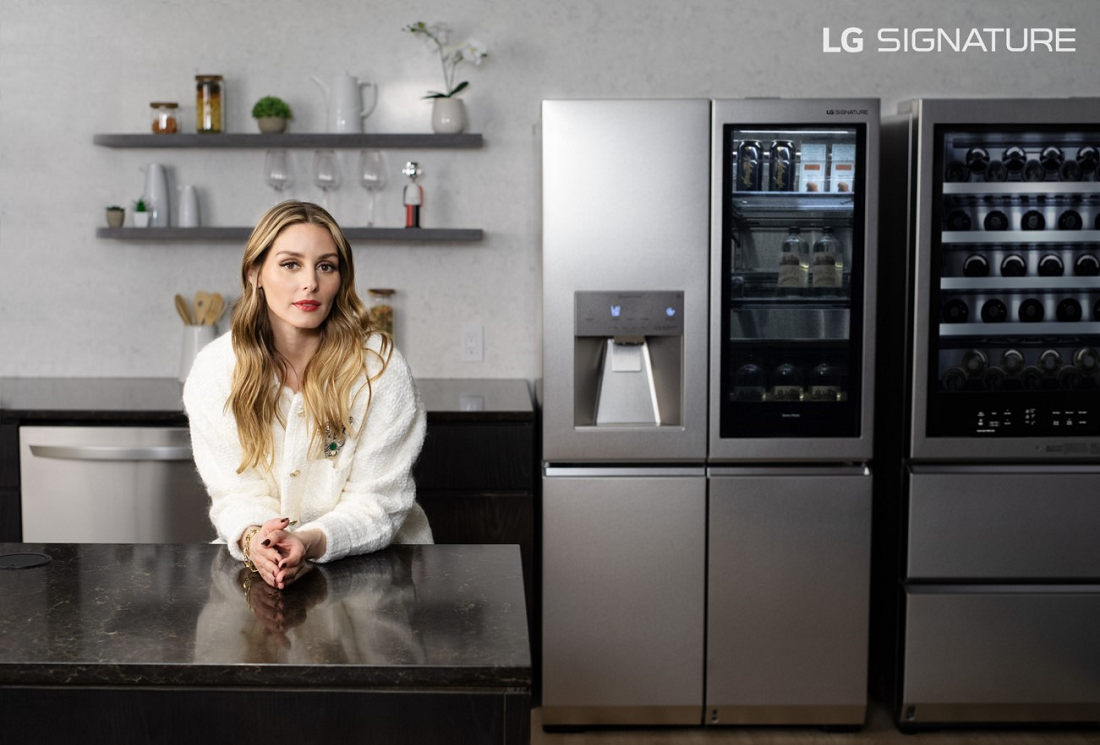
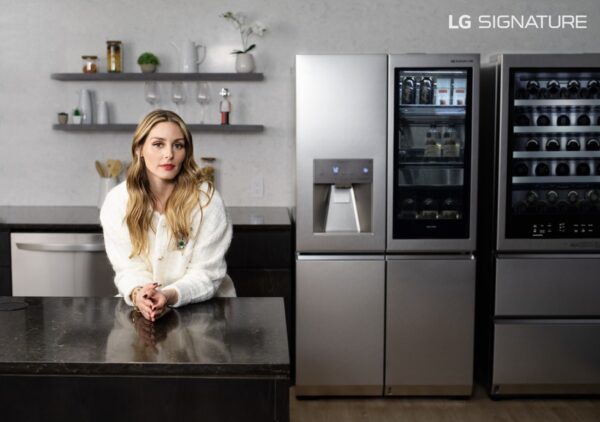

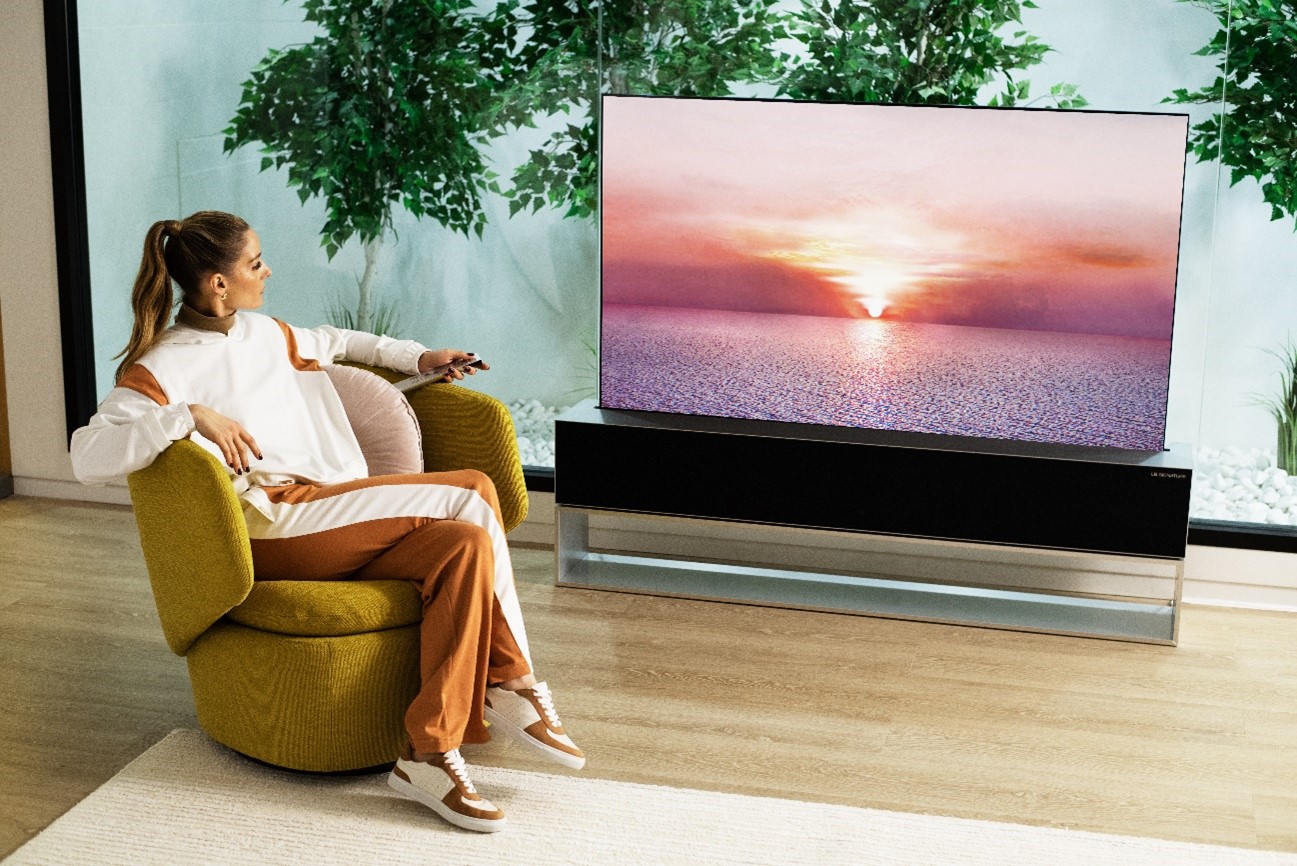


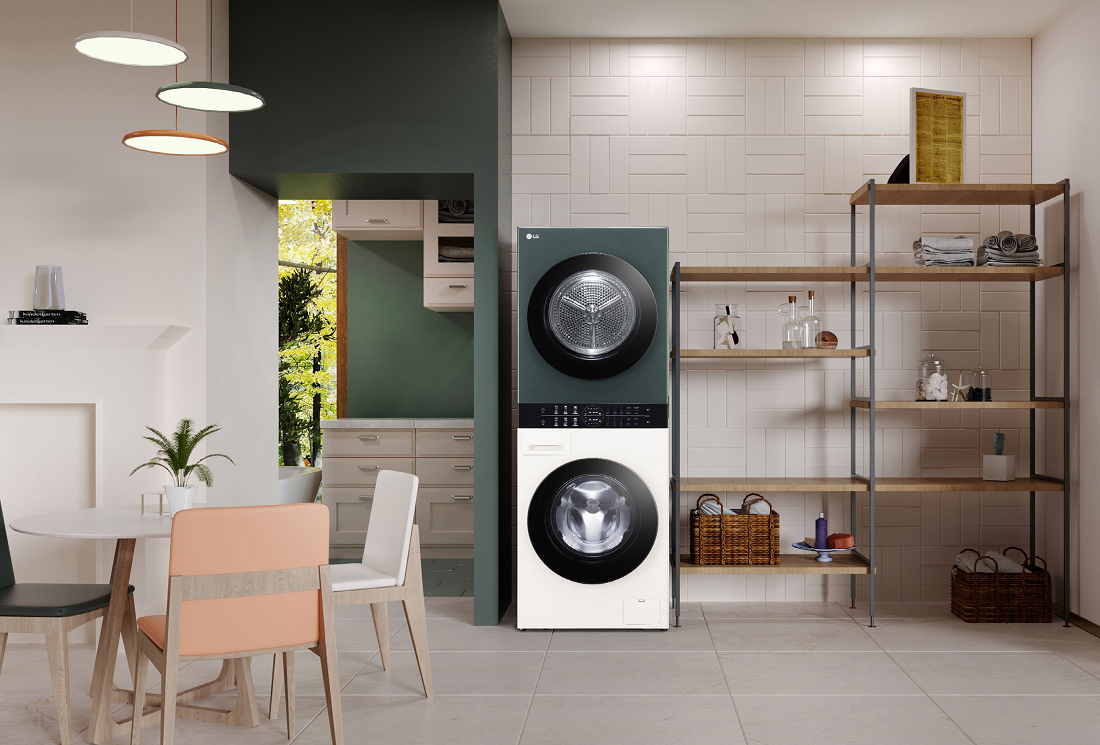
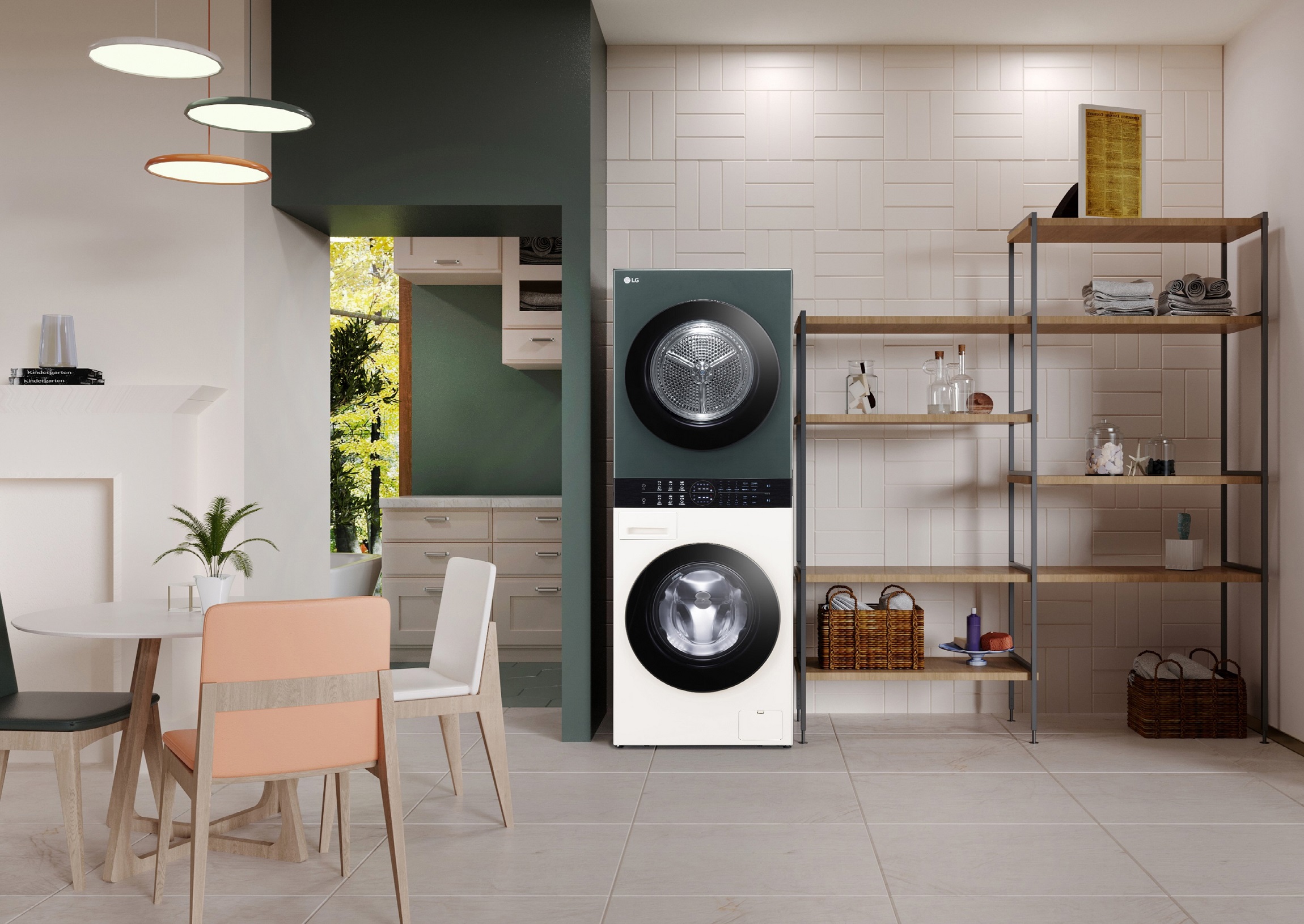
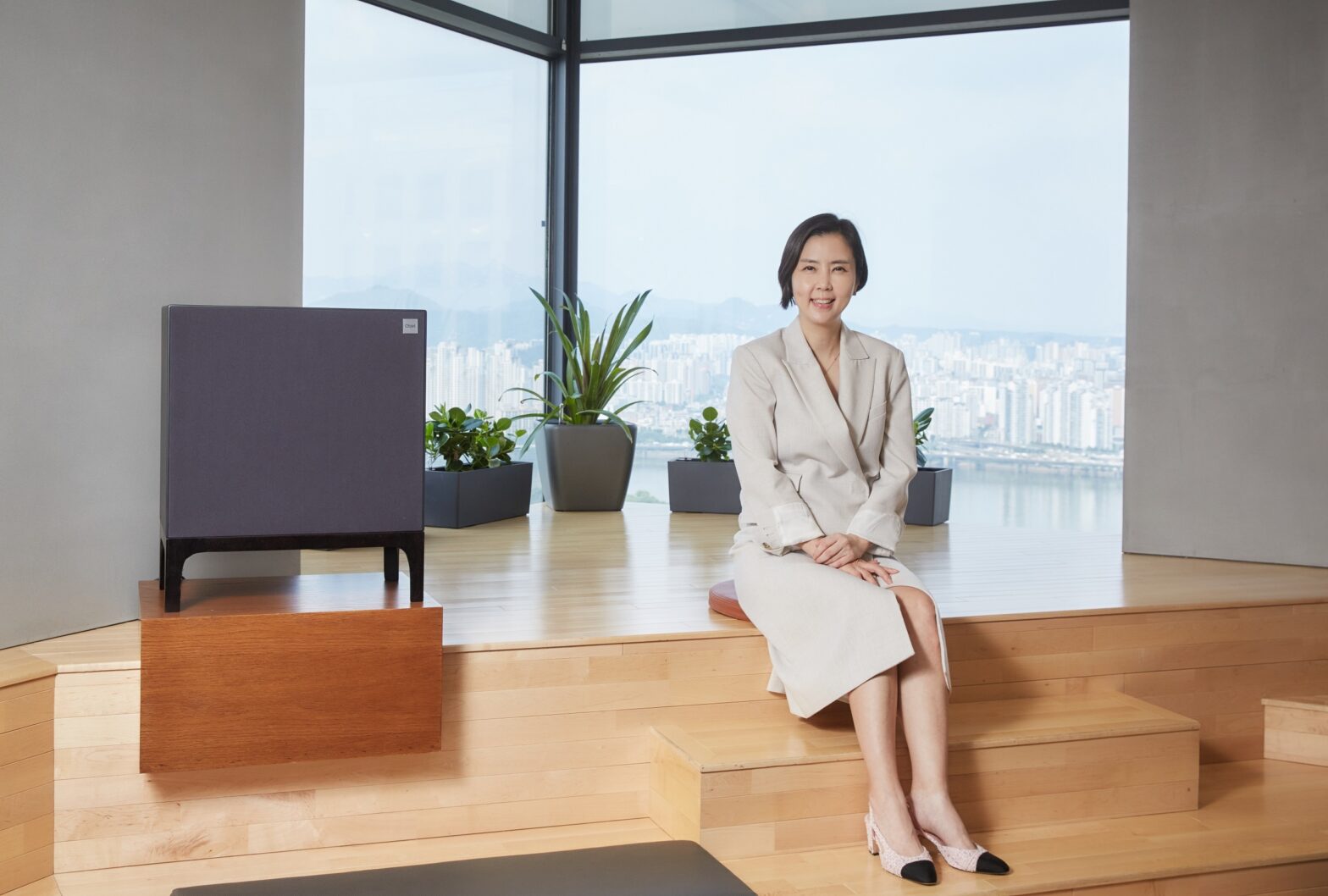
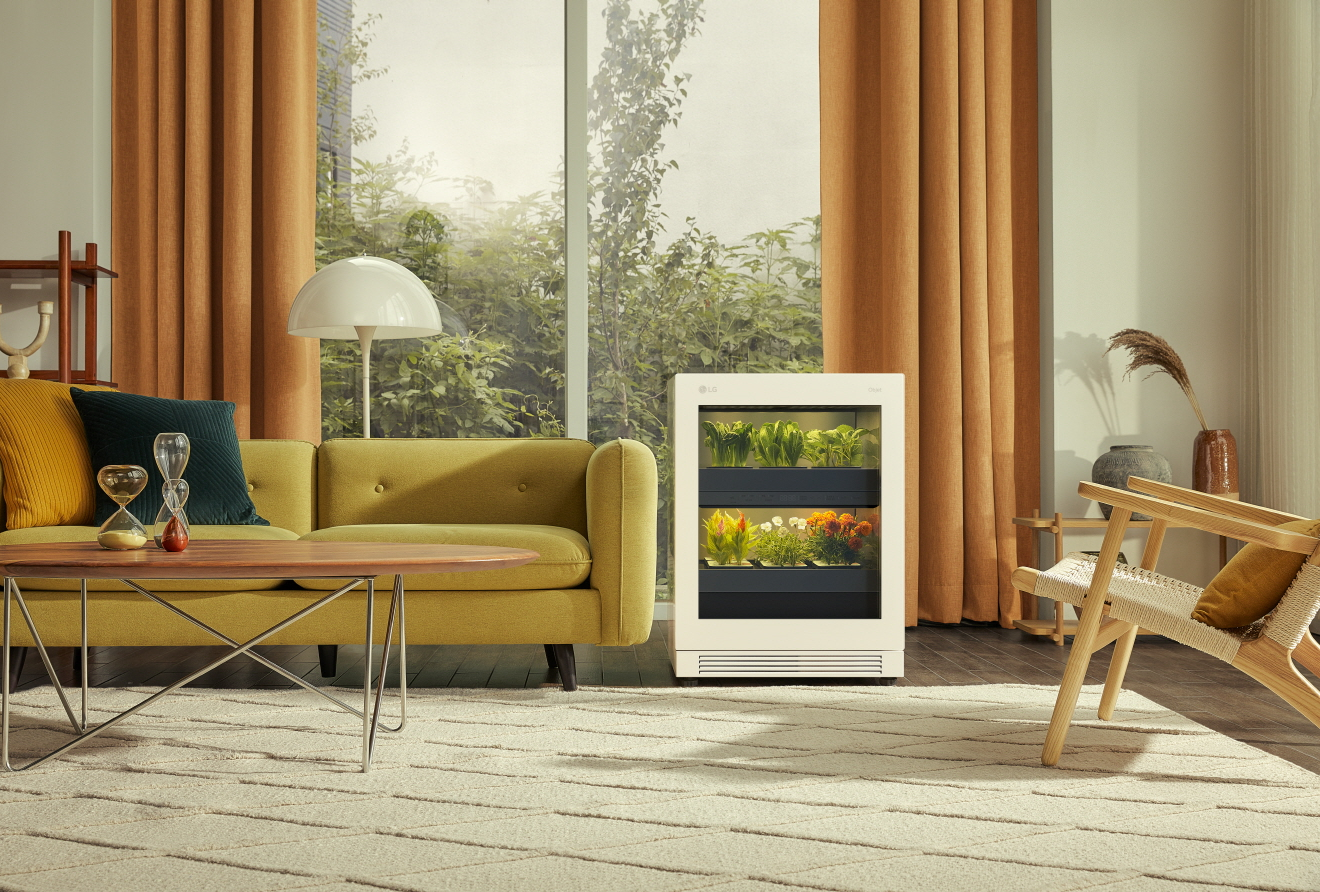
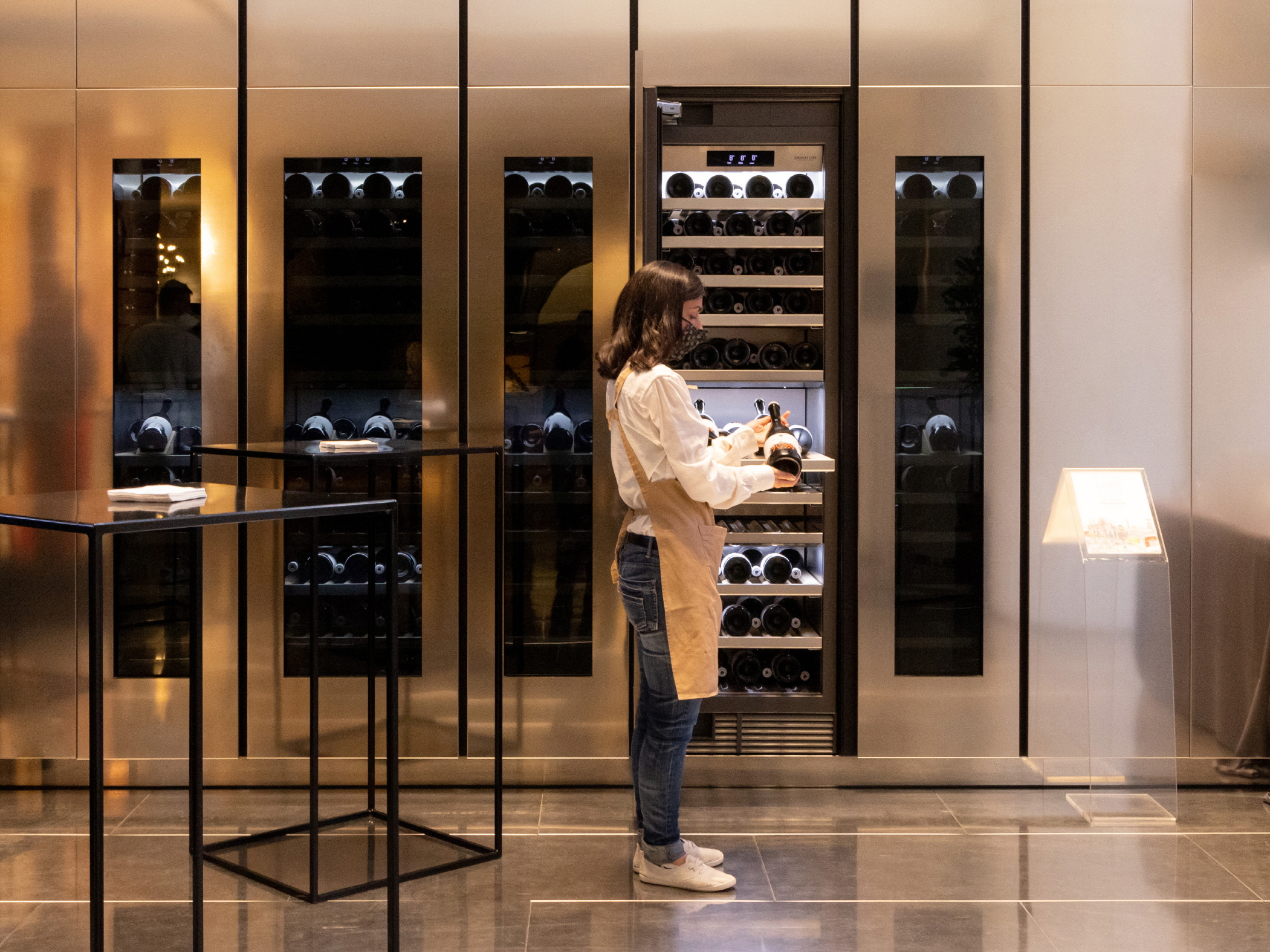

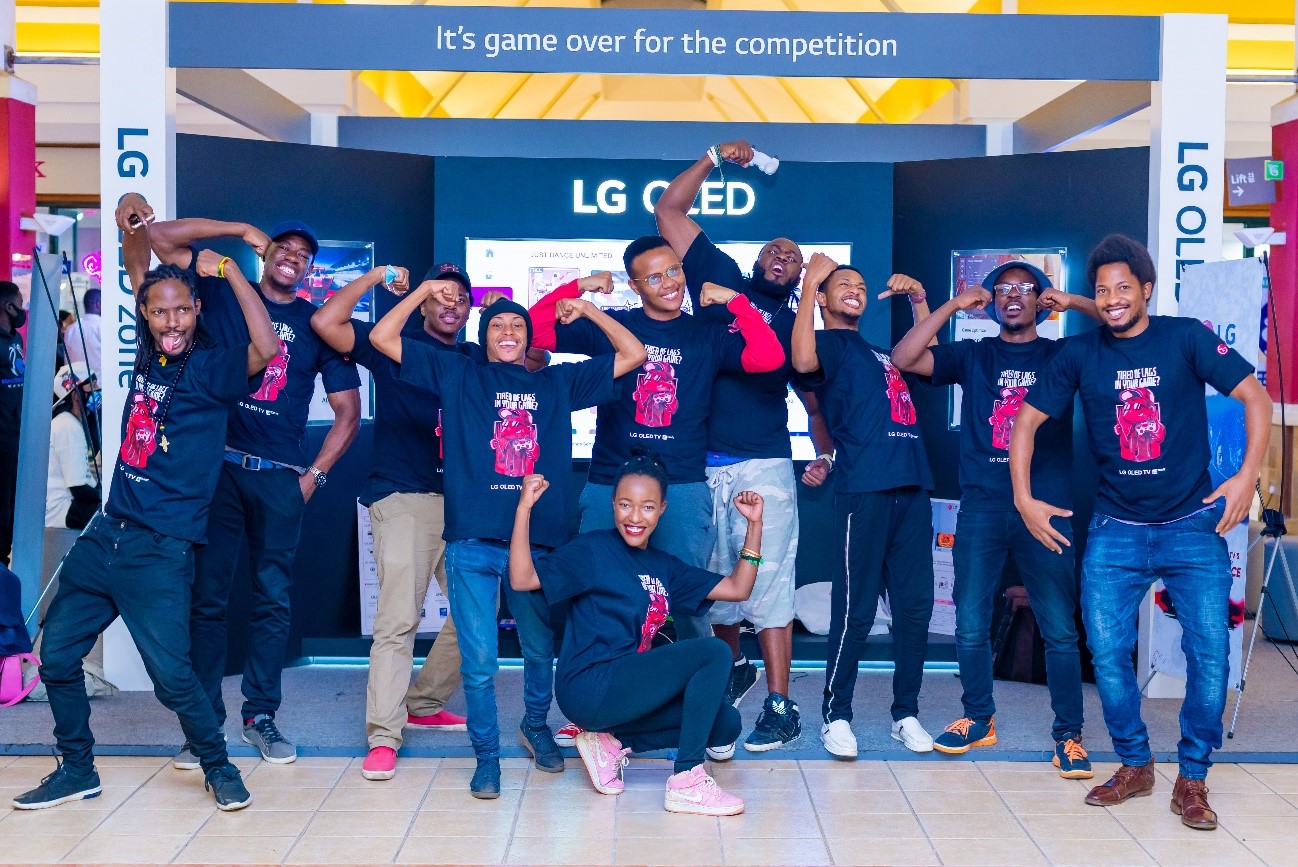
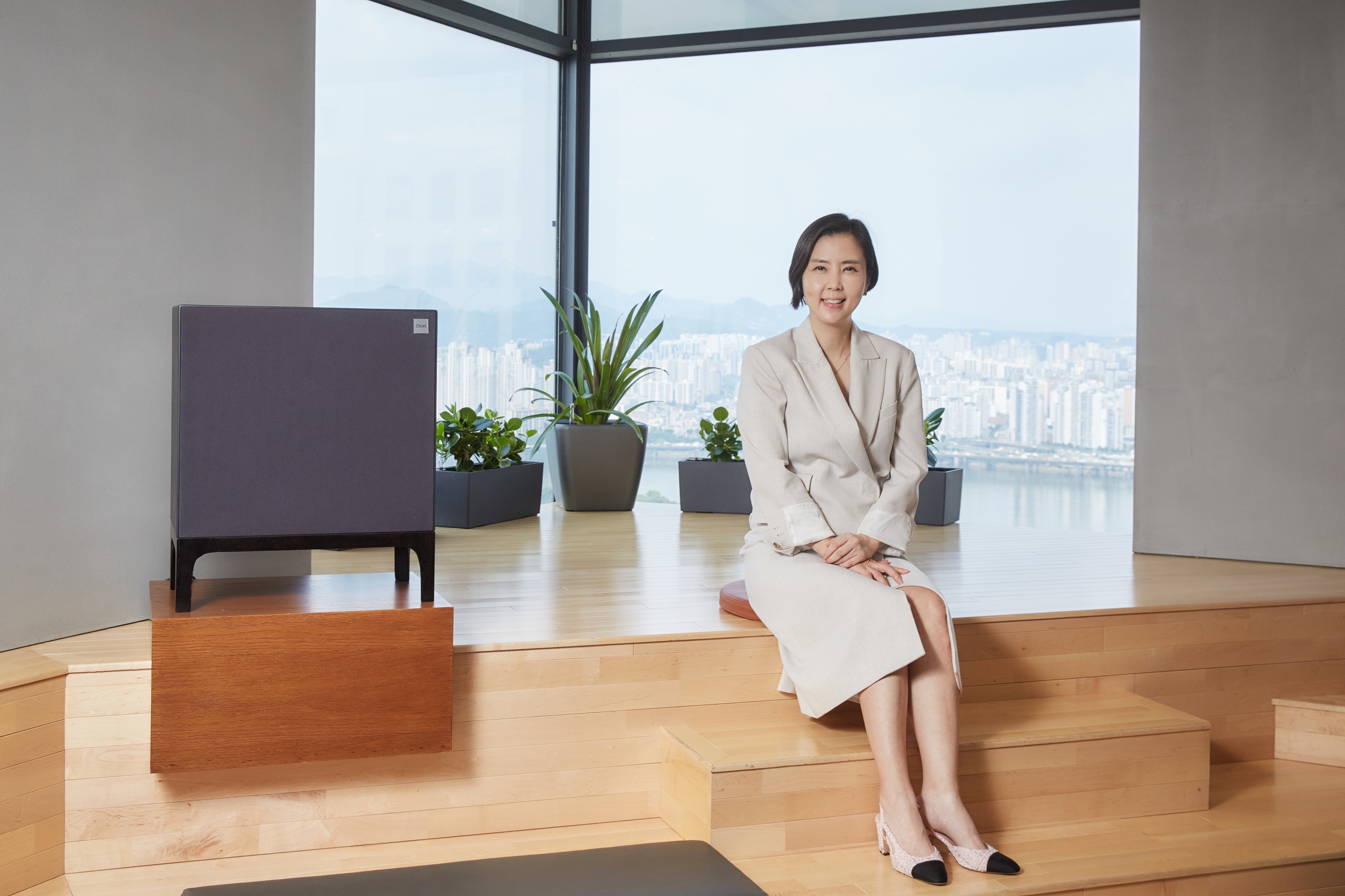


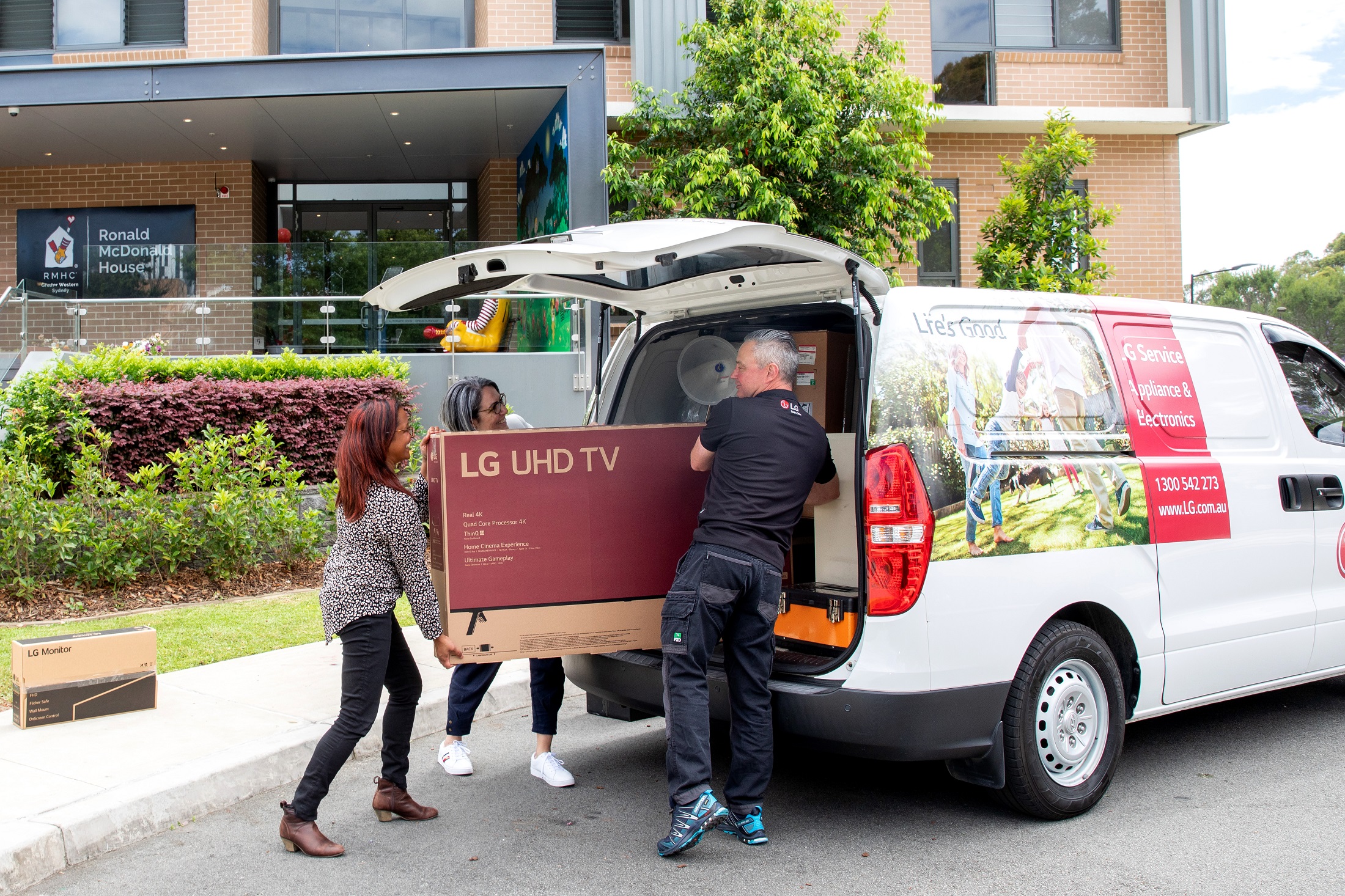


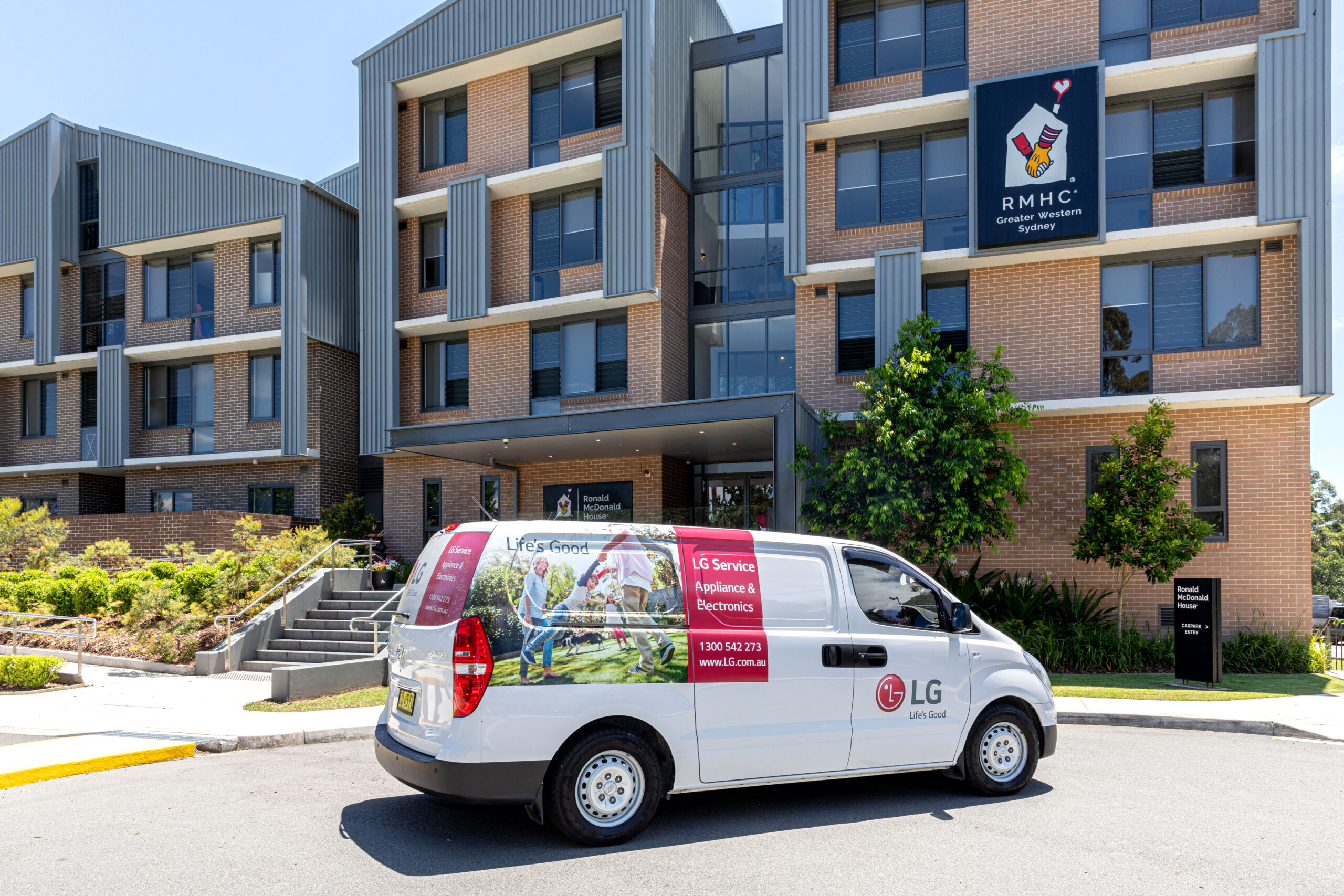
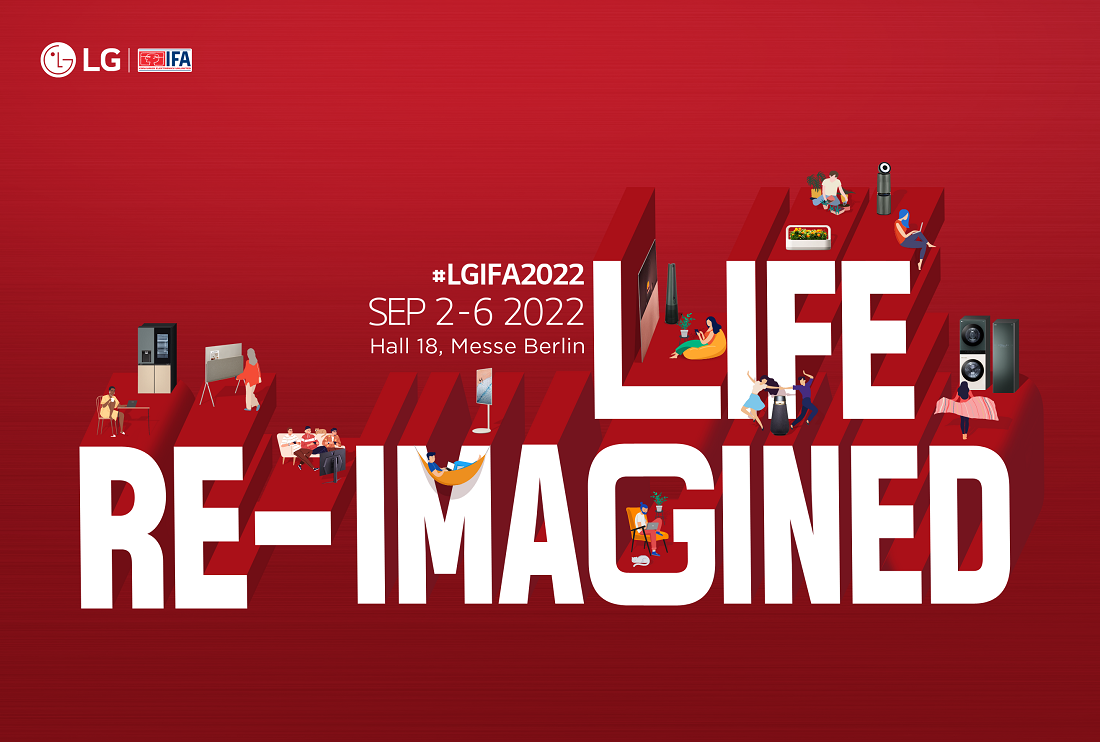
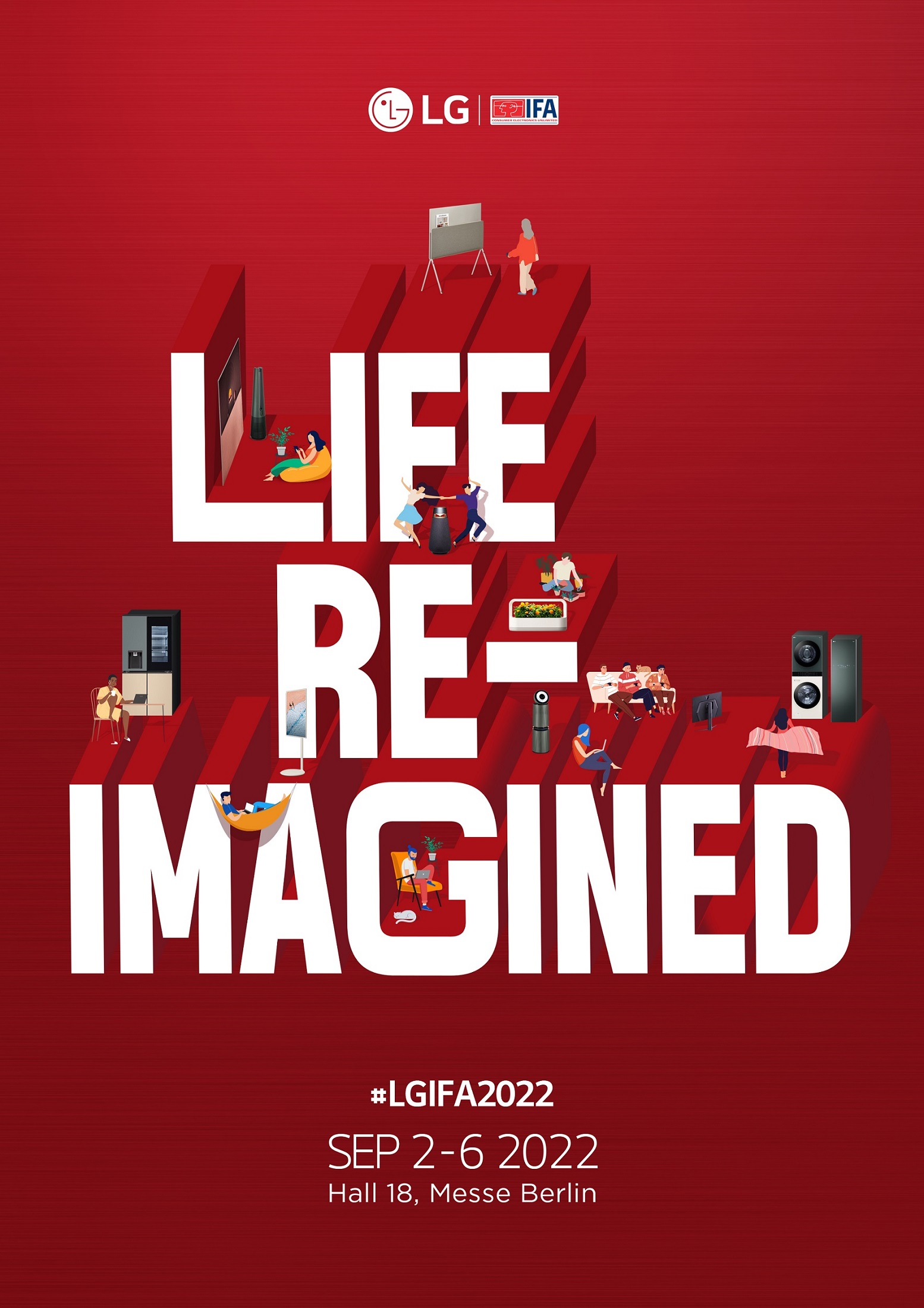
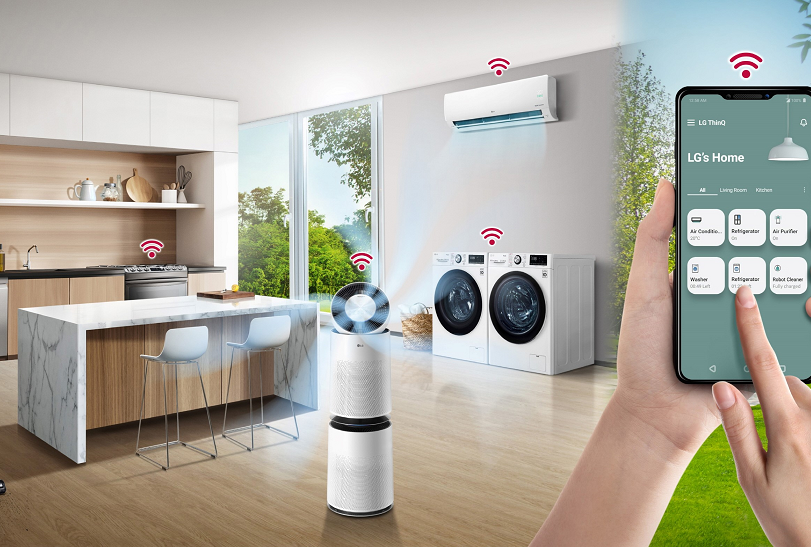
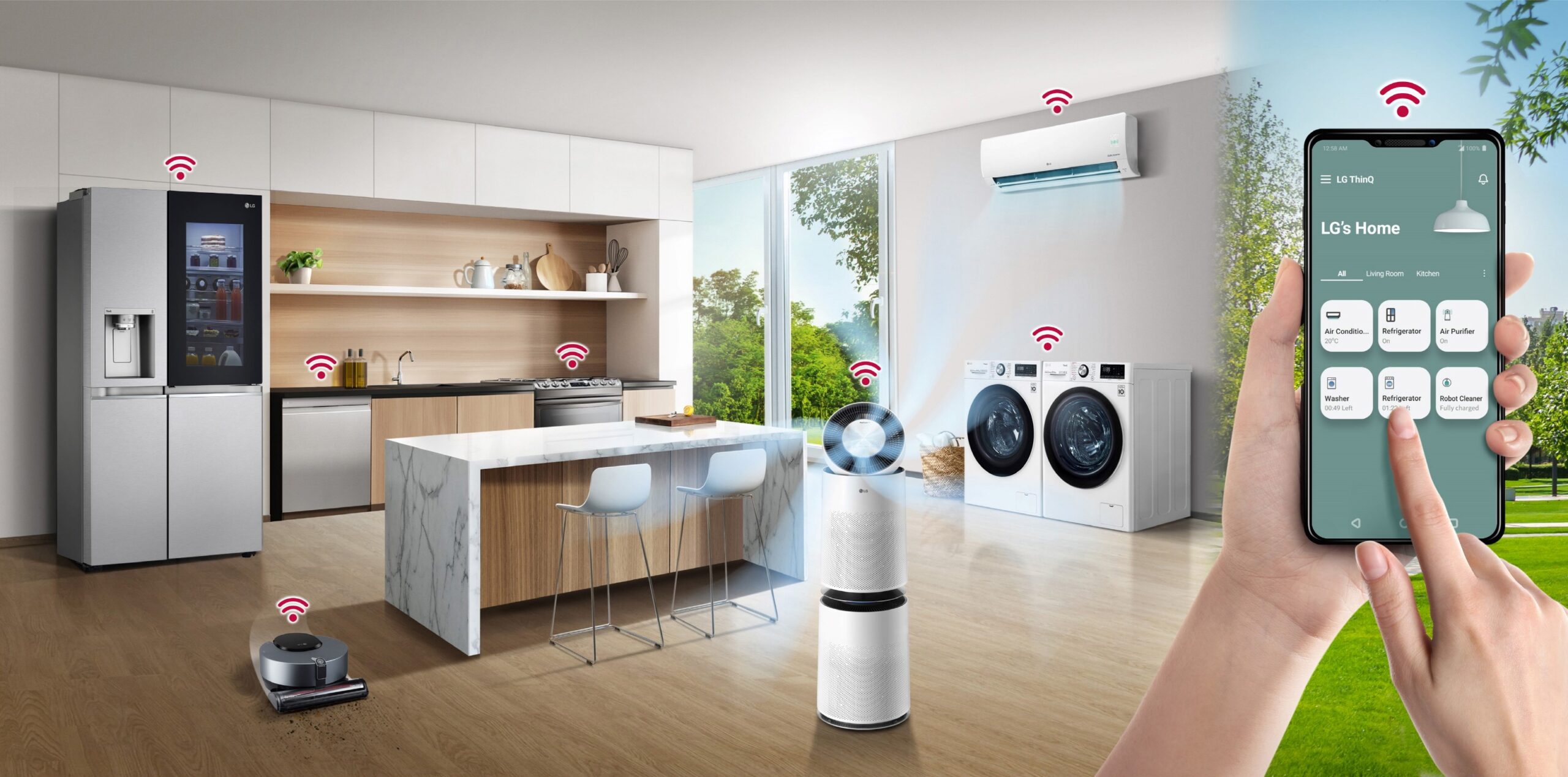
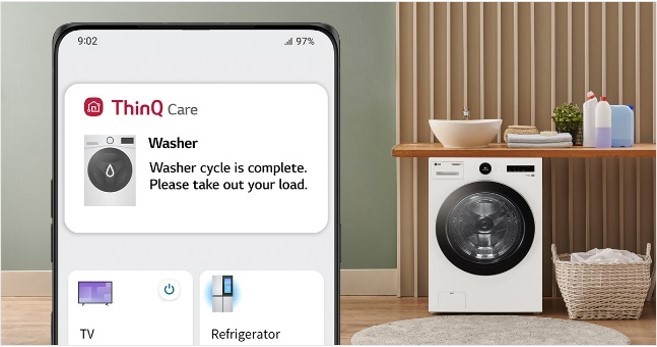

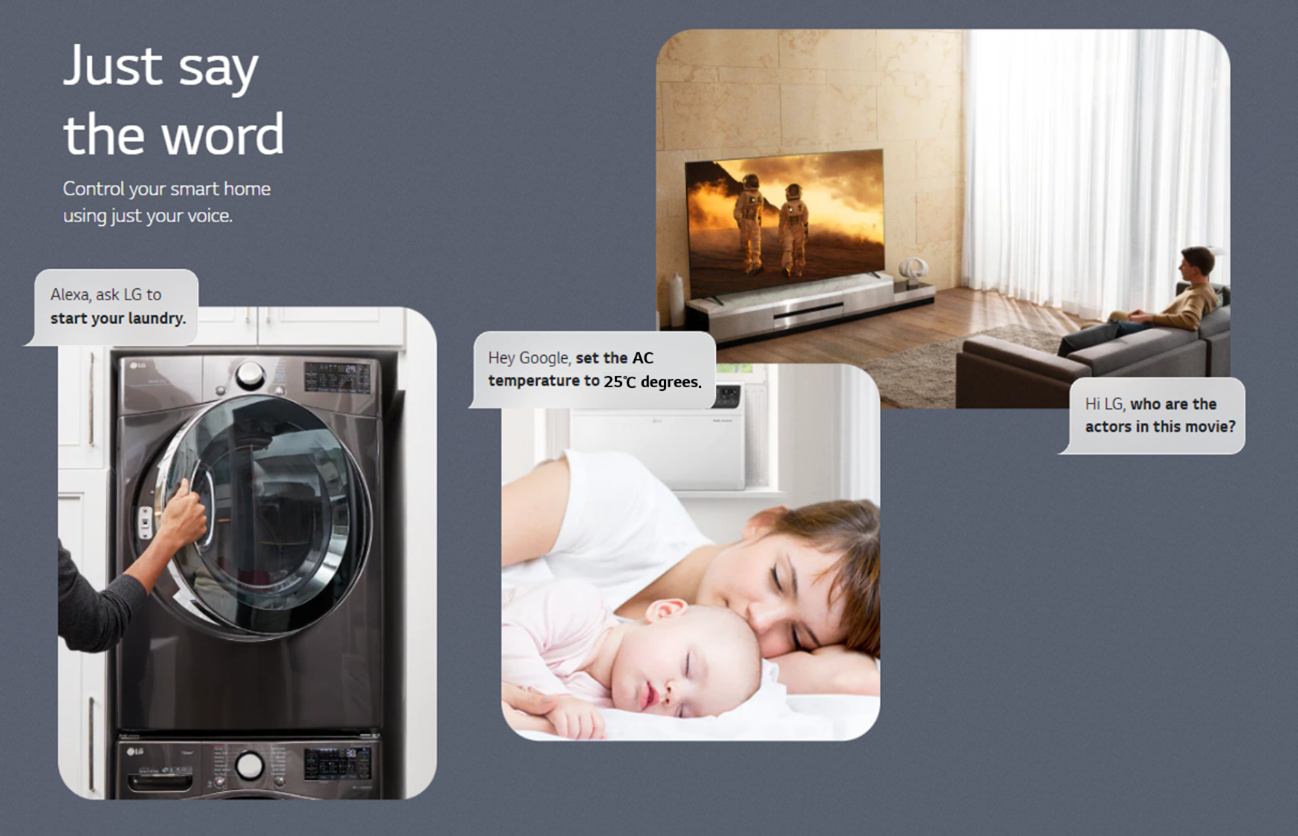

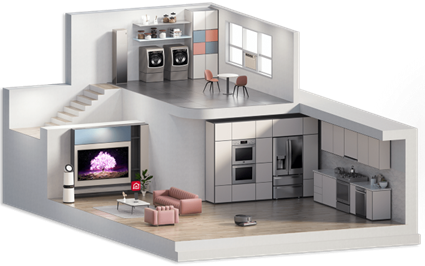

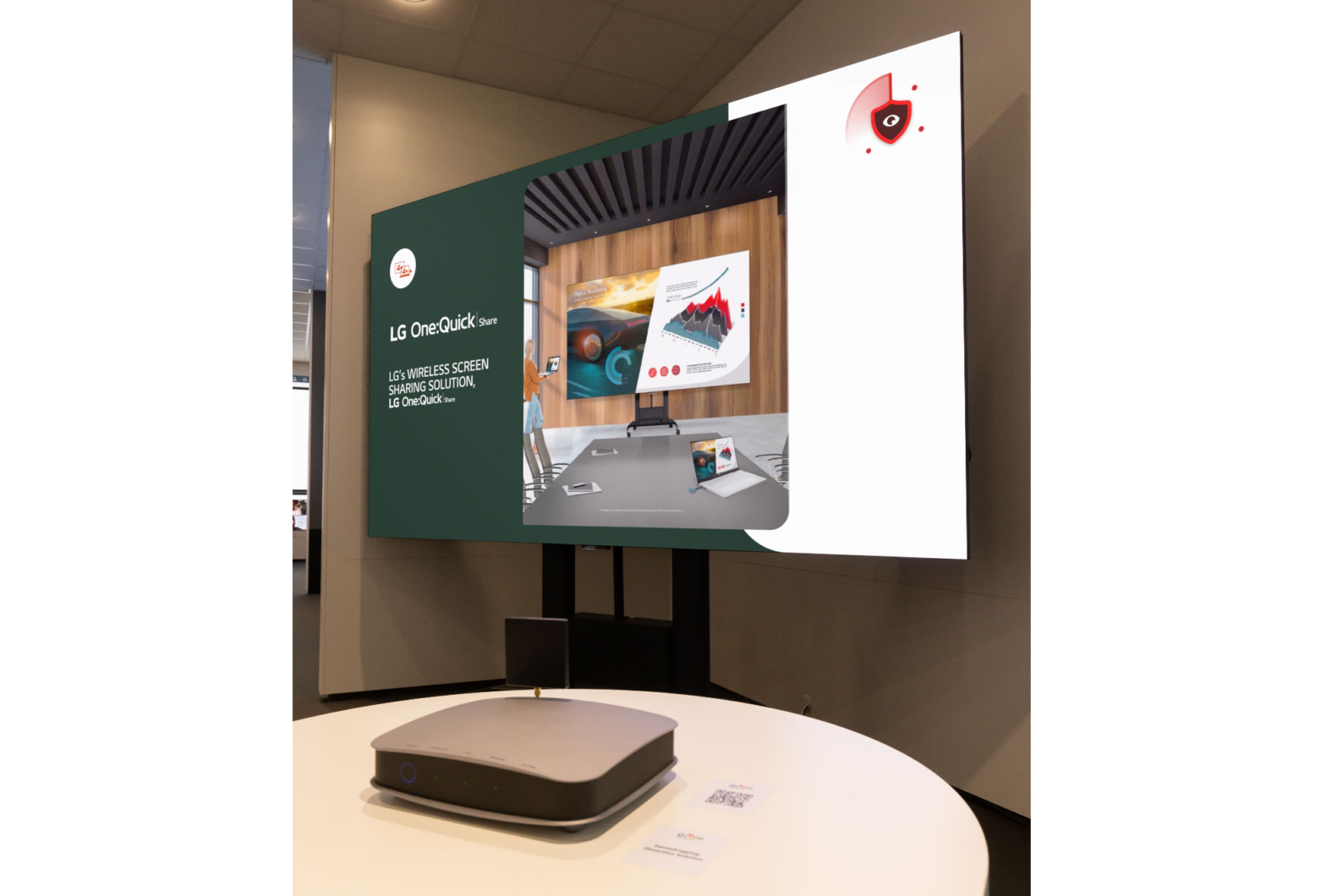
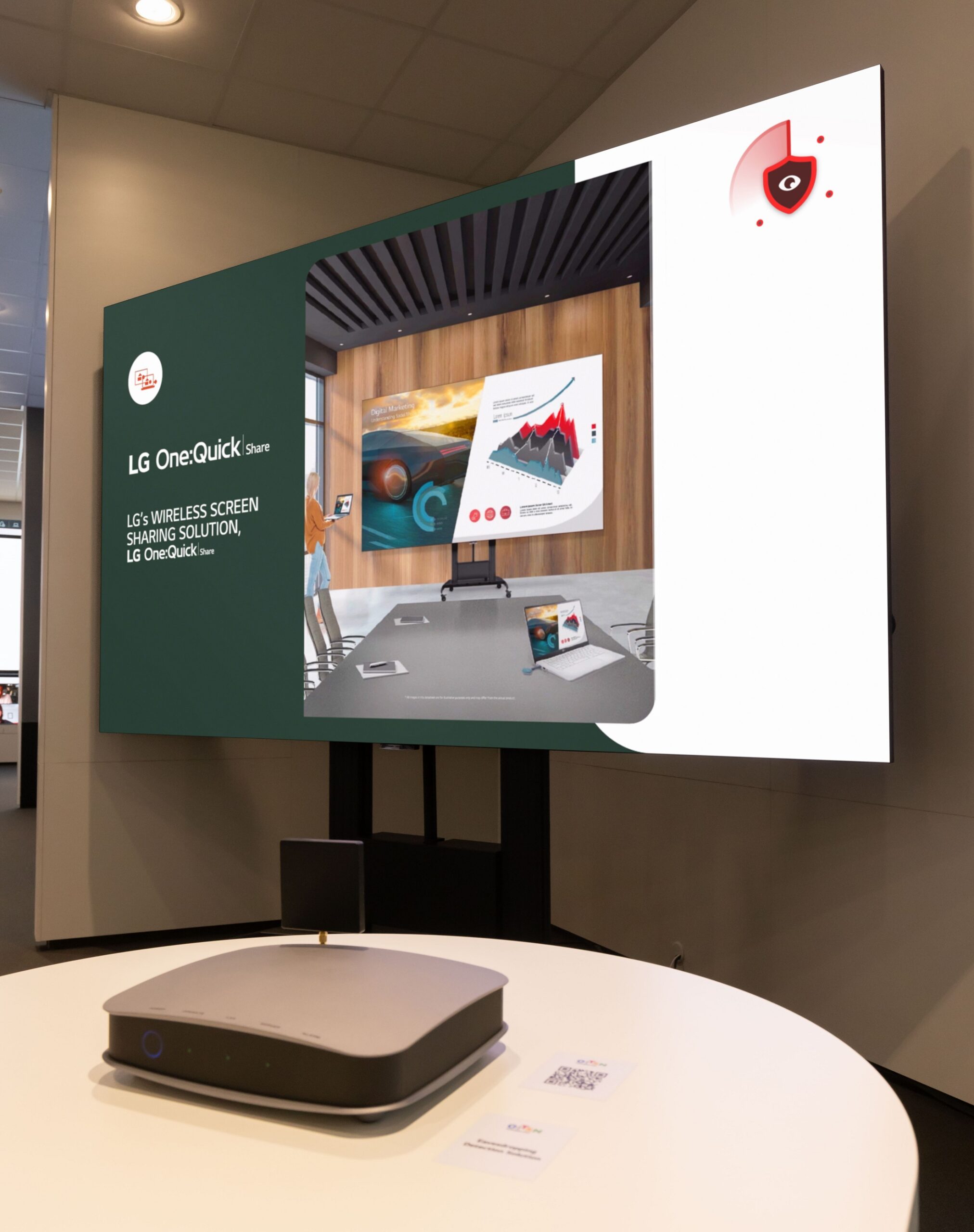
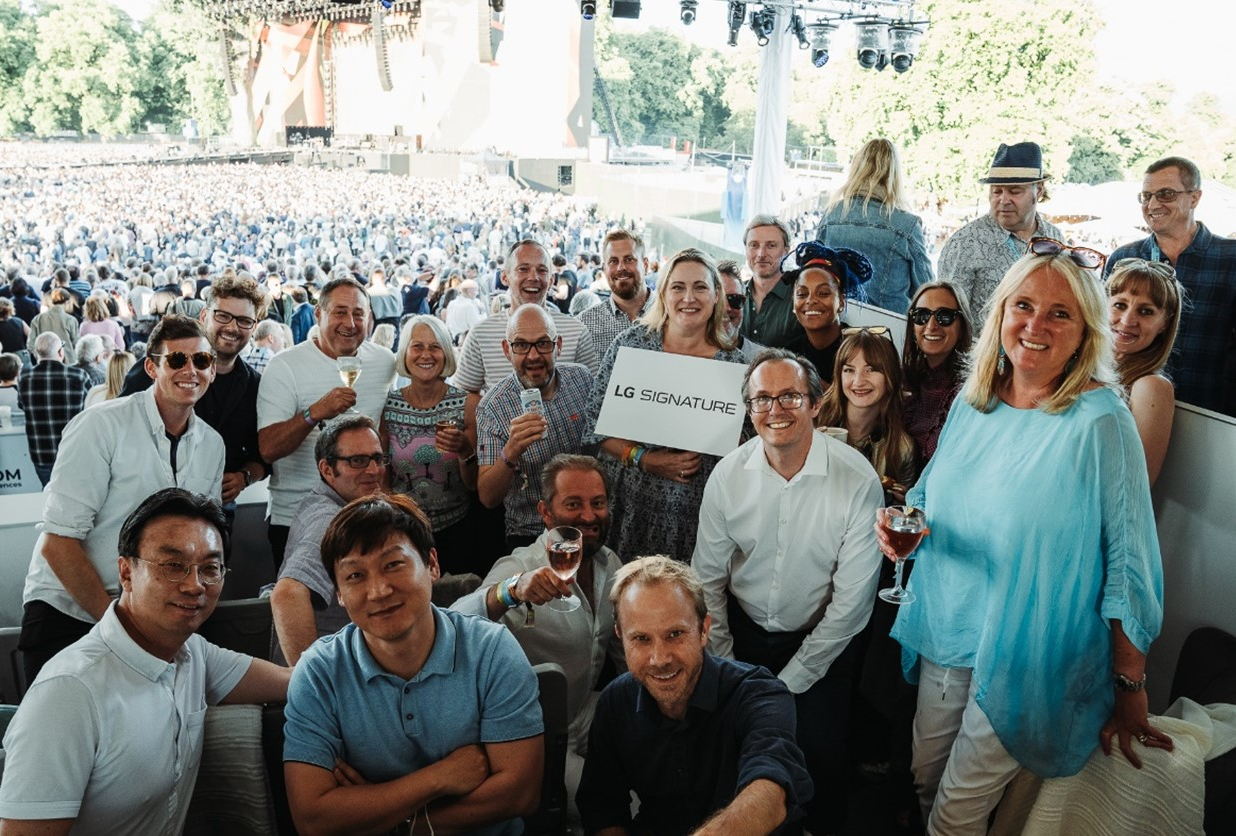


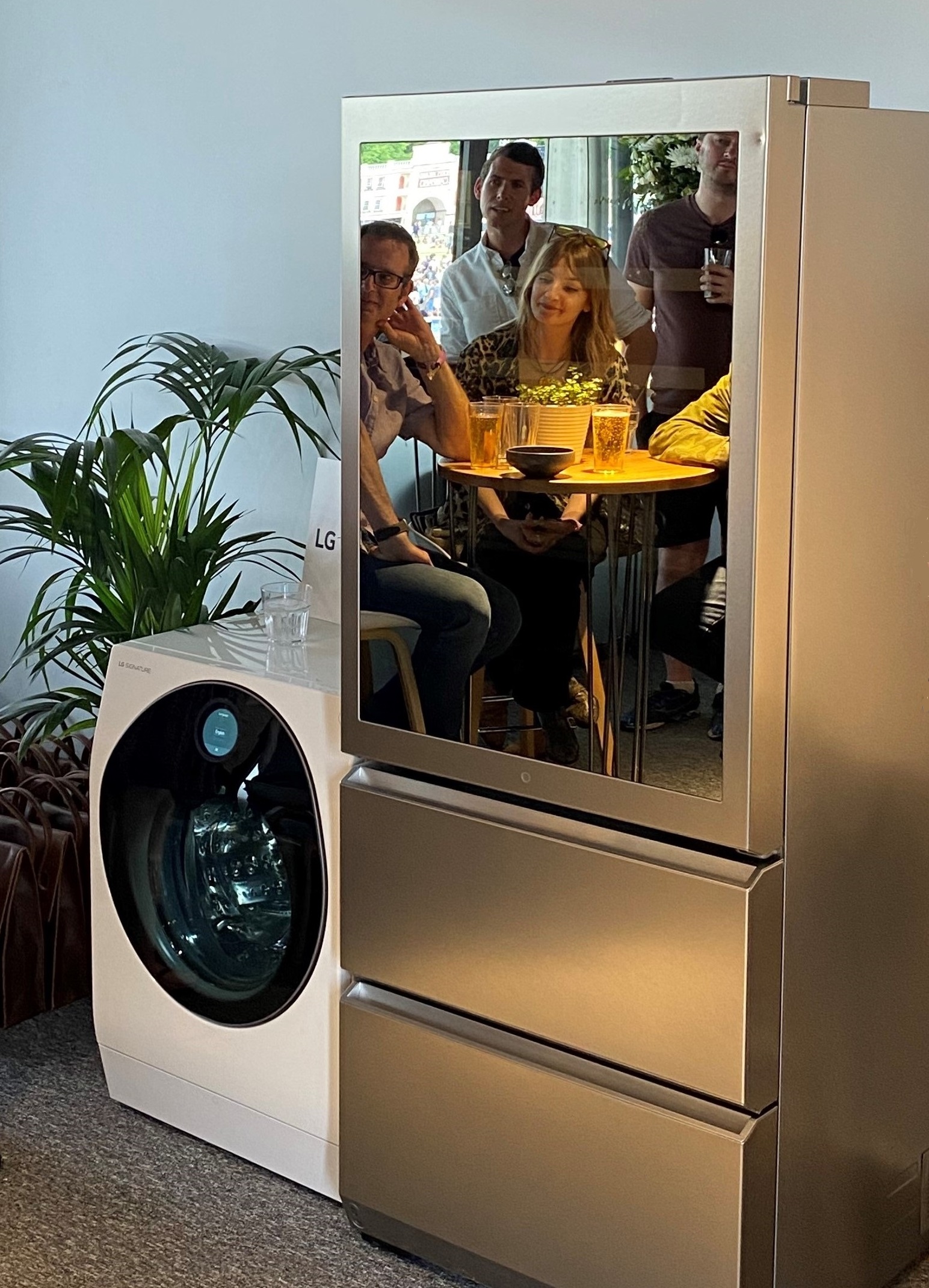
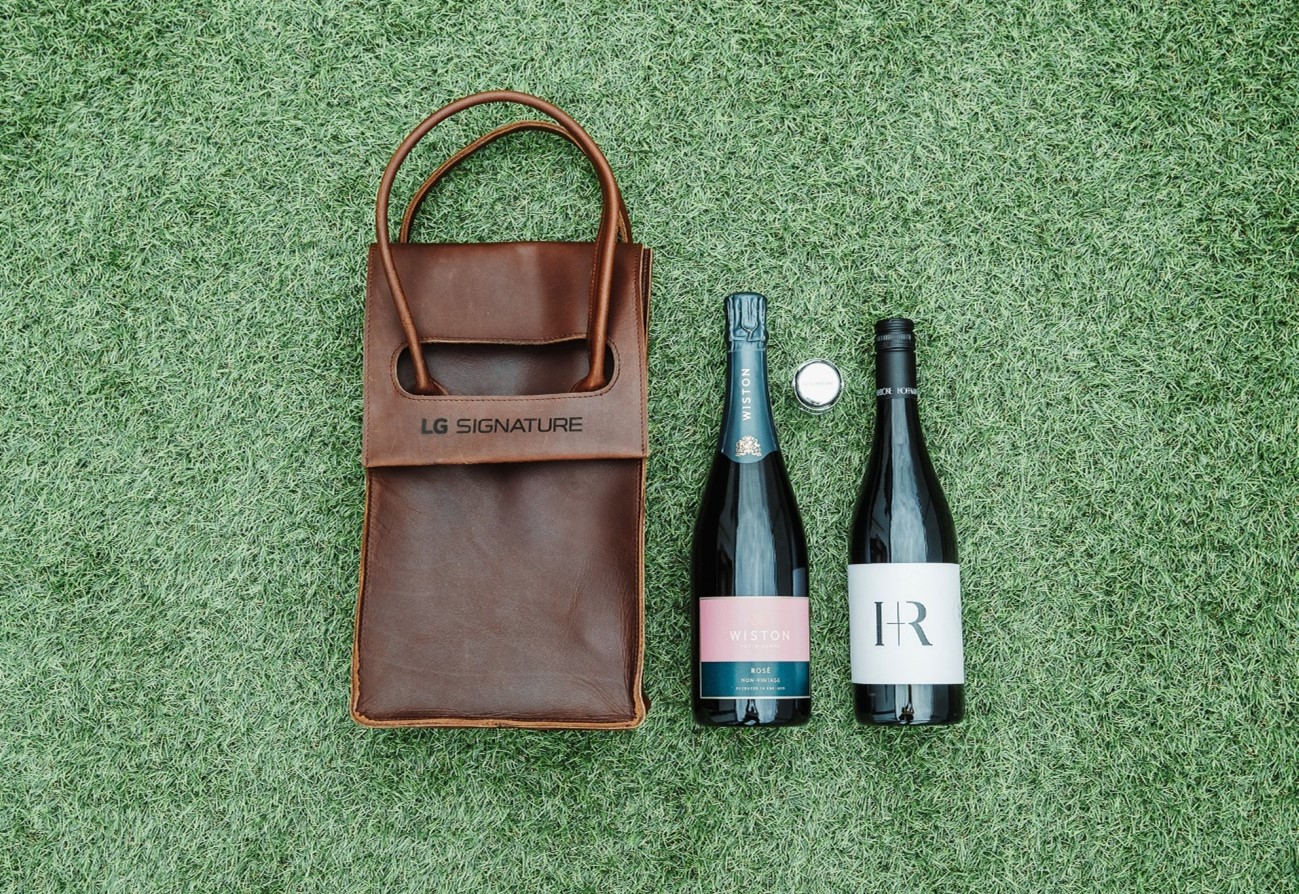
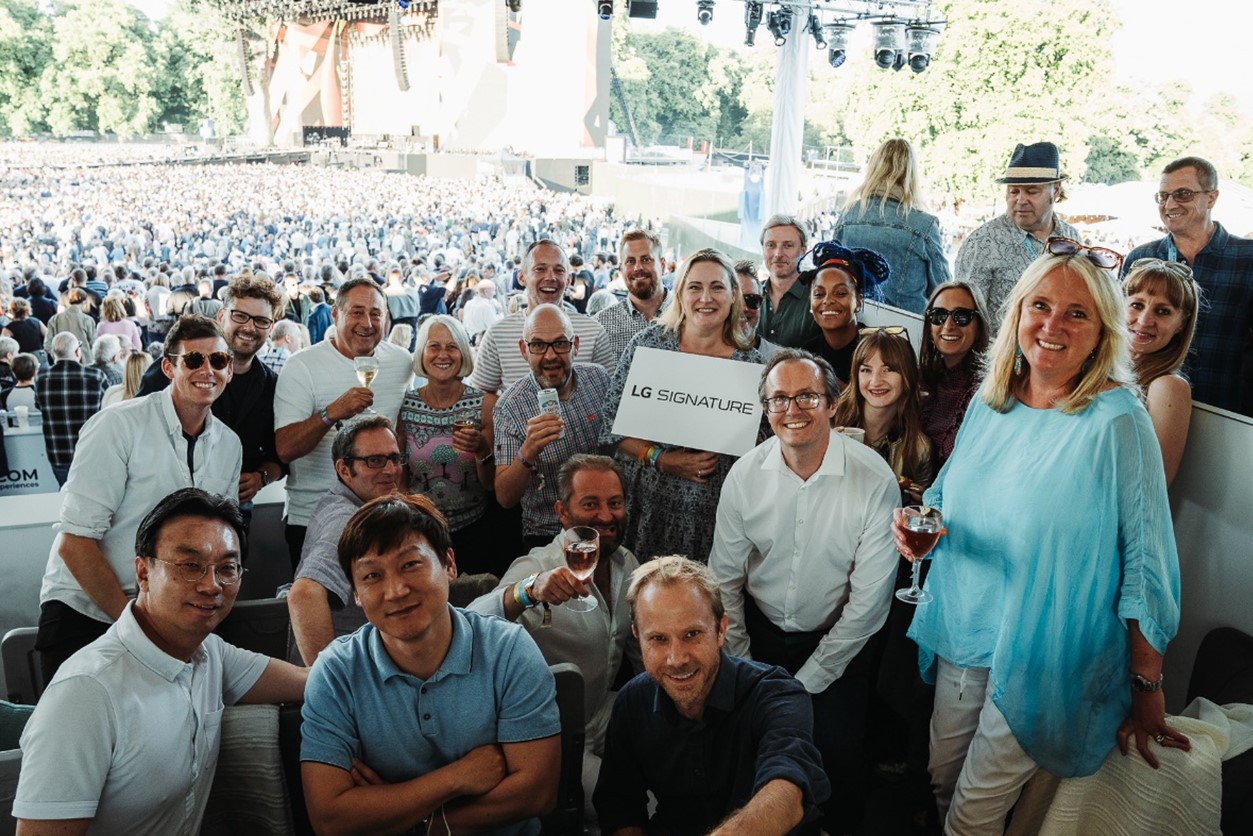
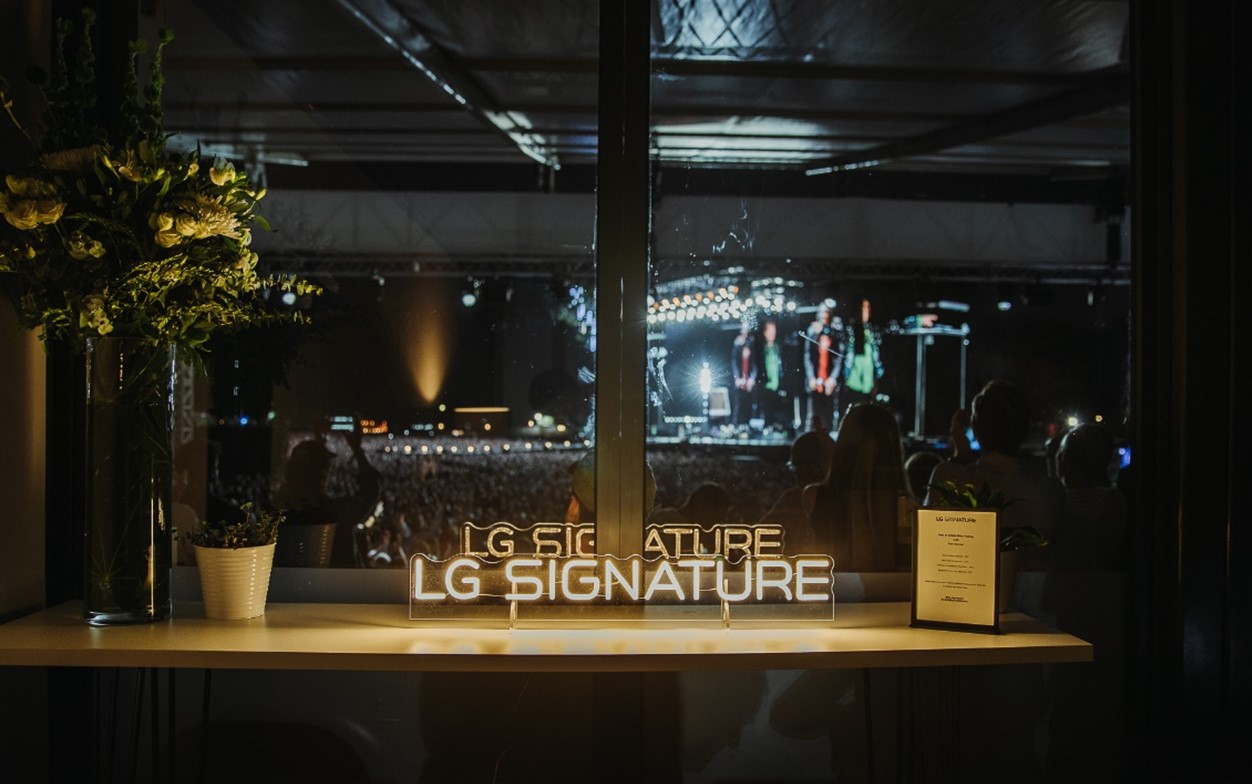


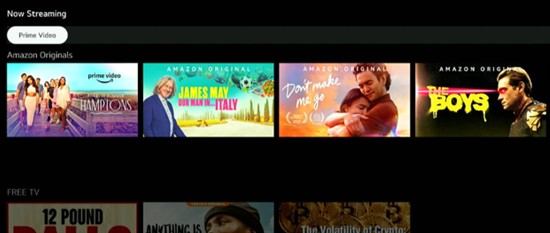
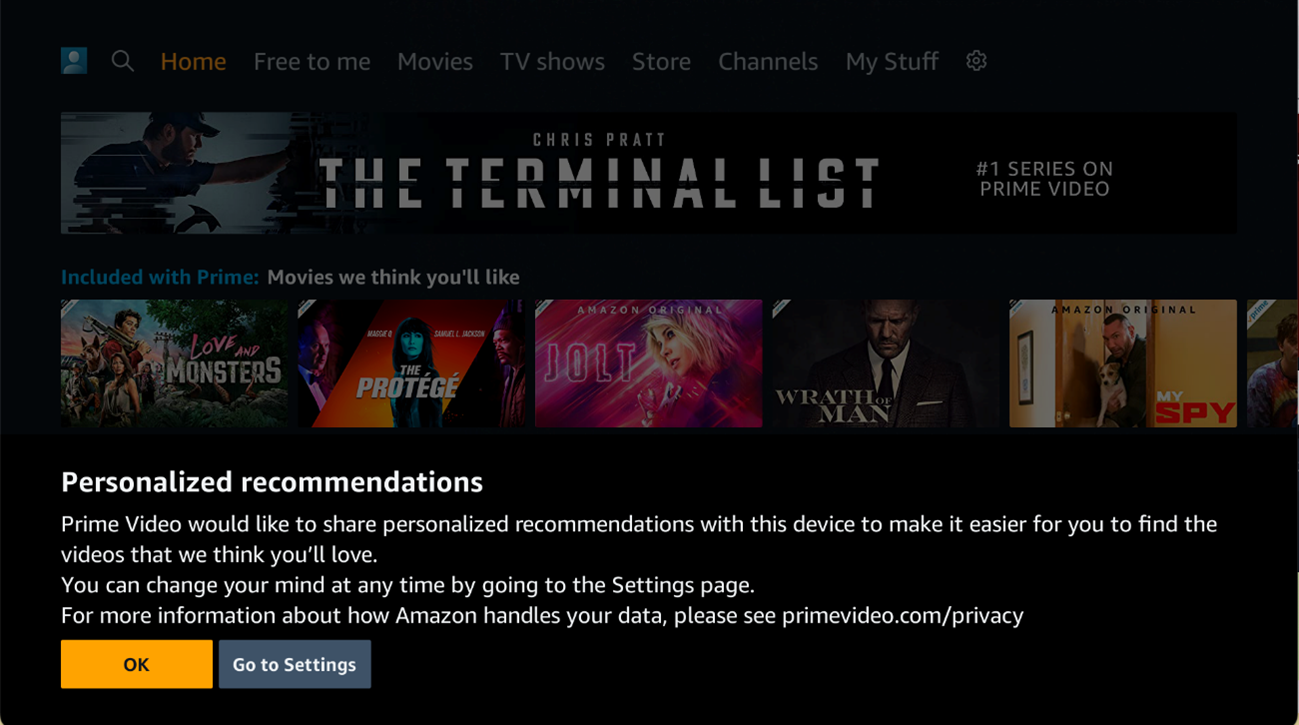 Pop-up notification
Pop-up notification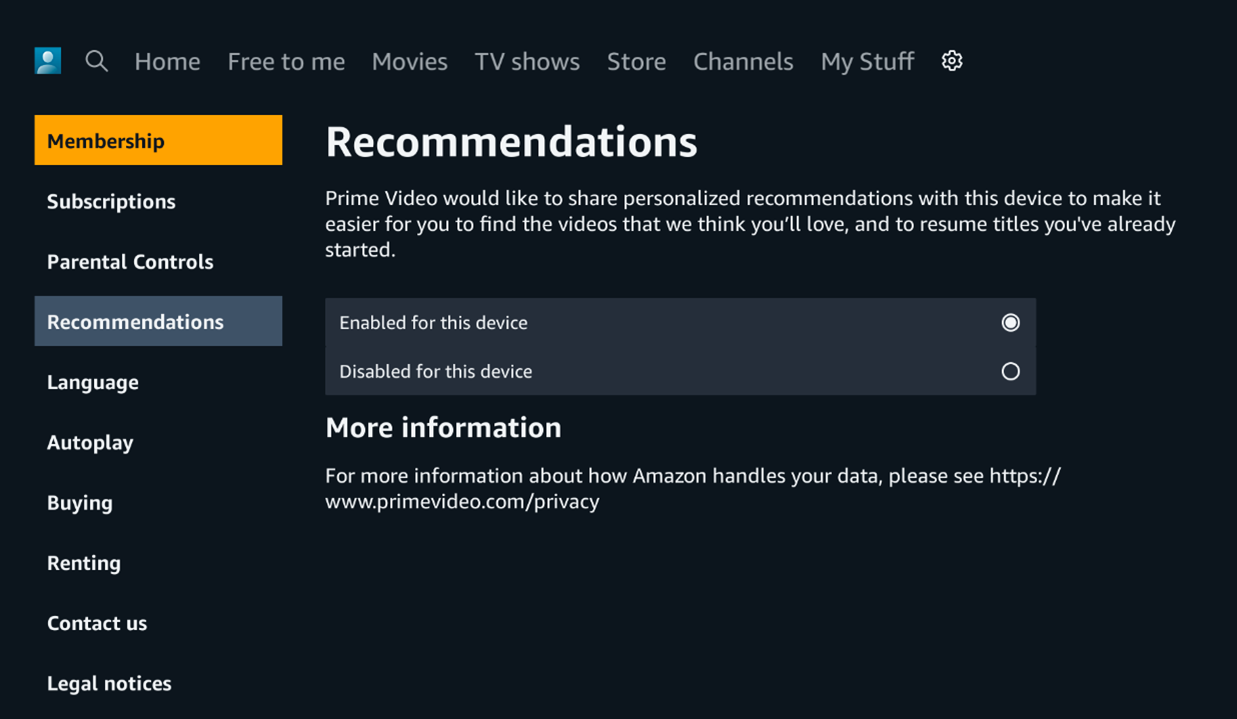 Opt-in Settings
Opt-in Settings
